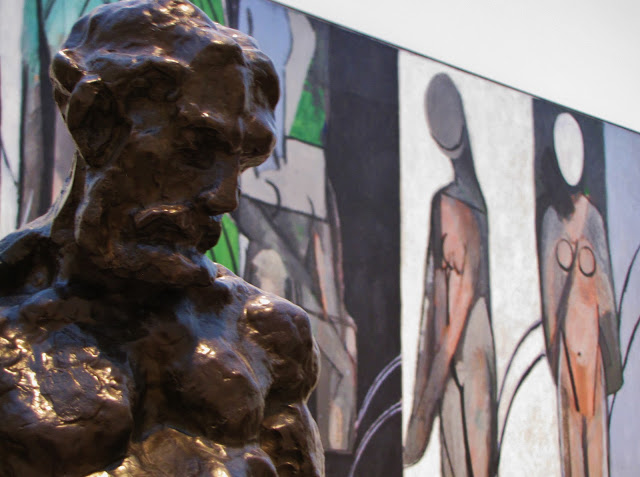
![Pablo Picasso, Half-Length Female Nude [detail], 1906. Photo by Renée DeVoe Mertz.](https://www.vegetarianinaleatherjacket.com/wp-content/uploads/2012/03/2IMG_2639.jpg)
![Amedeo Modigliani, Jacques and Berthe Lipchitz [detail of Berthe], 1916. Photo by Renée DeVoe Mertz.](https://www.vegetarianinaleatherjacket.com/wp-content/uploads/2012/03/3IMG_2676.jpg)







![Jacques Lipchitz, Seated Figure [detail], 1917. Photo by Renée DeVoe Mertz.](https://www.vegetarianinaleatherjacket.com/wp-content/uploads/2012/03/12IMG_2697.jpg)
![Alberto Giacometti, Diego Seated in the Studio [detail], 1950. Photo by Renée DeVoe Mertz.](https://www.vegetarianinaleatherjacket.com/wp-content/uploads/2012/03/13IMG_3038.jpg)
![Alberto Giacometti, Walking Man II [detail], 1960. Photo by Renée DeVoe Mertz.](https://www.vegetarianinaleatherjacket.com/wp-content/uploads/2012/03/14IMG_3040.jpg)
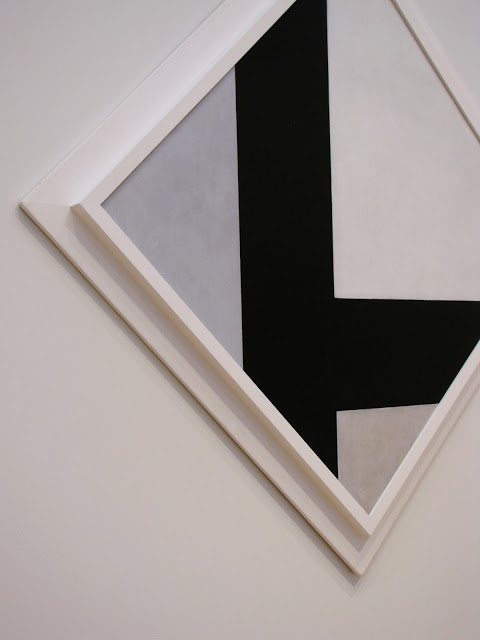
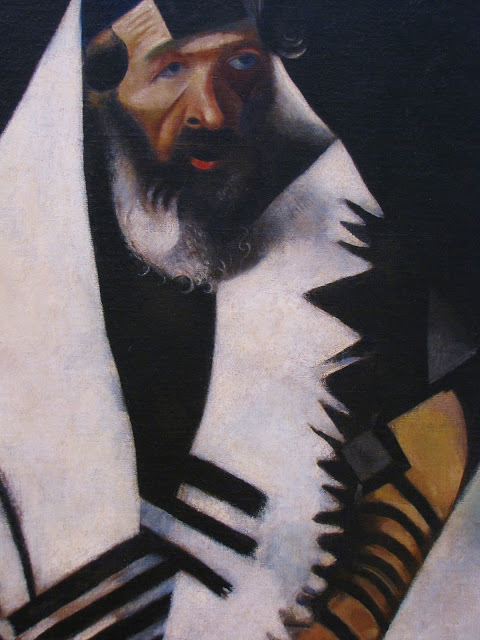
![Henri Matisse, Lorette with Cup of Coffee [detail], 1916–17. Photo by Renée DeVoe Mertz.](https://www.vegetarianinaleatherjacket.com/wp-content/uploads/2012/03/17IMG_2819.jpg)

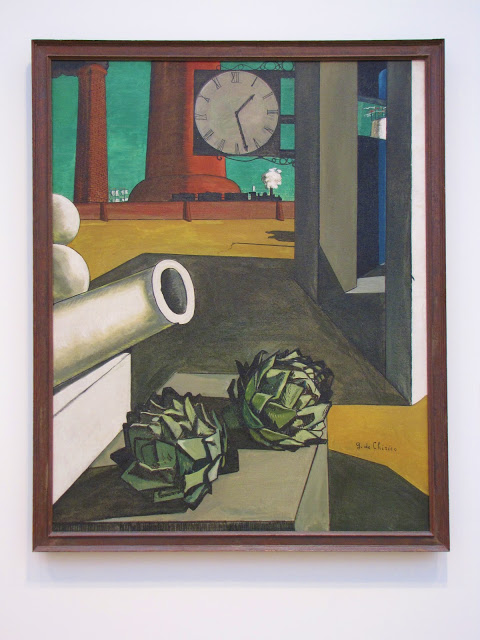

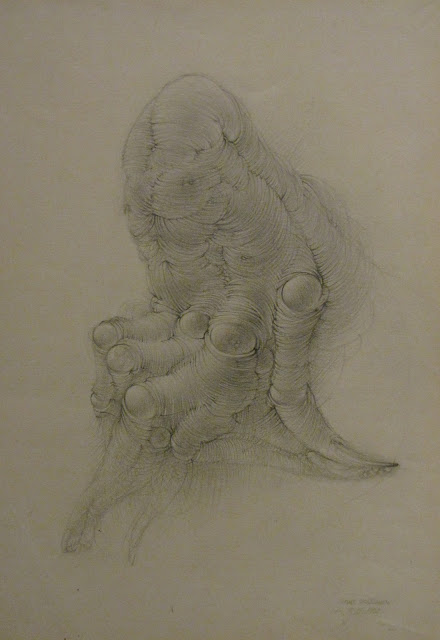


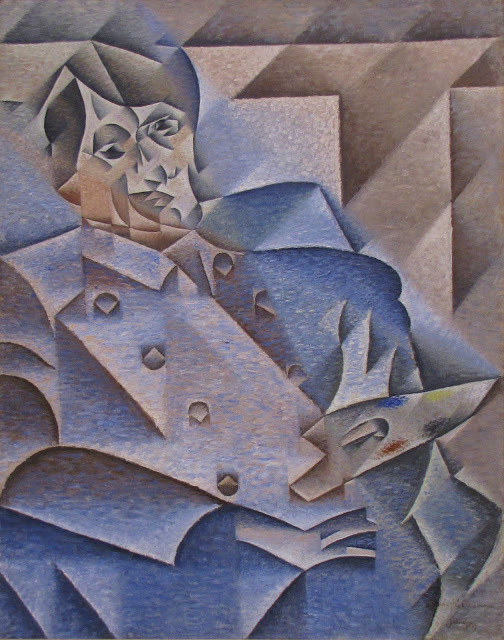


![Matta, Untitled (Flying People Eaters) [detail], 1942. Photo by Renée DeVoe Mertz.](https://www.vegetarianinaleatherjacket.com/wp-content/uploads/2012/03/26IMG_2959.jpg)
![Max Ernst, Spanish Physician [detail], 1940. Photo by Renée DeVoe Mertz.](https://www.vegetarianinaleatherjacket.com/wp-content/uploads/2012/03/27.1IMG_2994.jpg)
![Oskar Kokoschka, Commerce Counselor Ebenstein [detail], 1908. Photo by Renée DeVoe Mertz.](https://www.vegetarianinaleatherjacket.com/wp-content/uploads/2012/03/29IMG_2724.jpg)
![Franz Marc, The Bewitched Mill [detail], 1913. Photo by Renée DeVoe Mertz.](https://www.vegetarianinaleatherjacket.com/wp-content/uploads/2012/03/30IMG_2741.jpg)
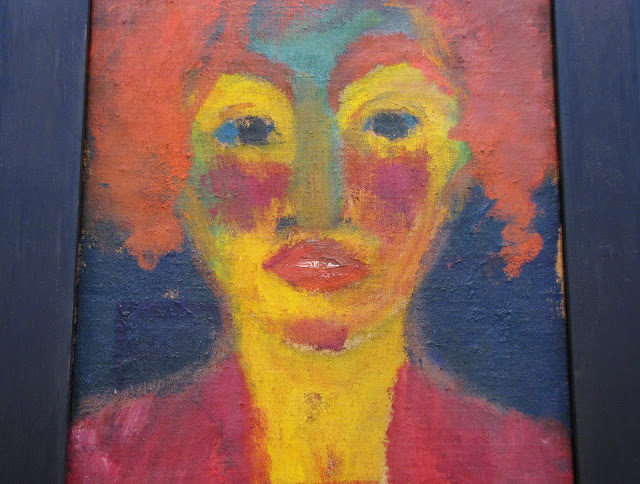

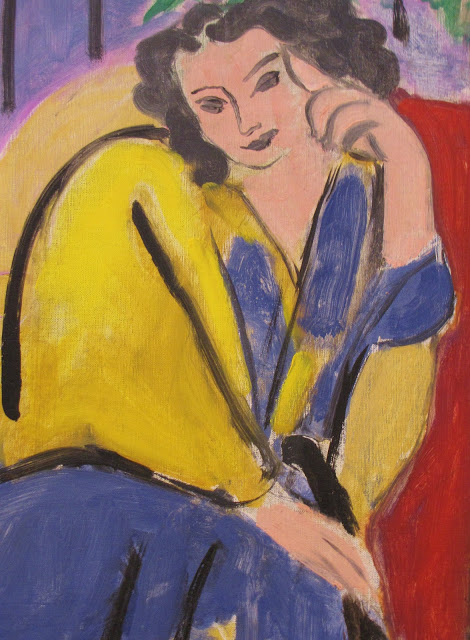

![Henri Matisse, Woman before an Aquarium [detail], 1921–23](https://www.vegetarianinaleatherjacket.com/wp-content/uploads/2012/03/35IMG_2814.jpg)
![Giorgio de Chirico, The Eventuality of Destiny [detail], 1927. Photo by Renée DeVoe Mertz.](https://www.vegetarianinaleatherjacket.com/wp-content/uploads/2012/03/36IMG_2829.jpg)
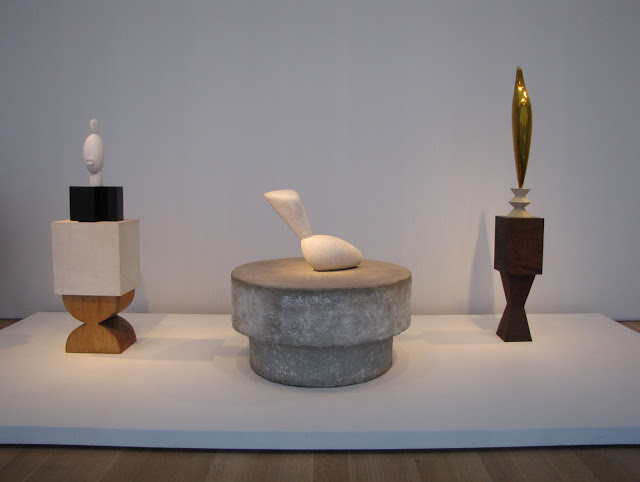
![Yves Tanguy, The Rapidity of Sleep [detail], 1945. Photo by Renée DeVoe Mertz.](https://www.vegetarianinaleatherjacket.com/wp-content/uploads/2012/03/38IMG_2869.jpg)
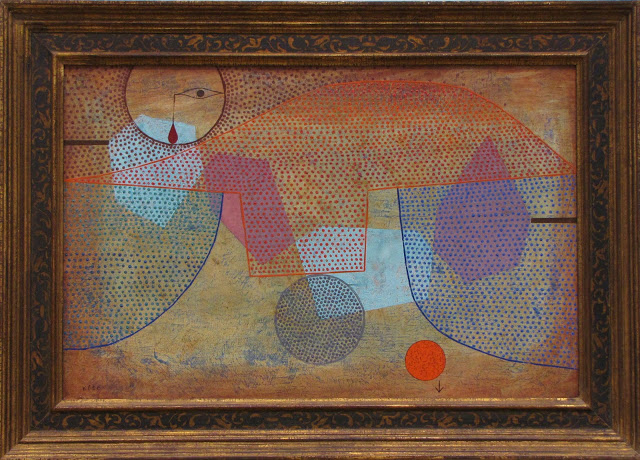
![Joan Miró, Woman [detail], 1934. Photo by Renée DeVoe Mertz.](https://www.vegetarianinaleatherjacket.com/wp-content/uploads/2012/03/41IMG_2939.jpg)
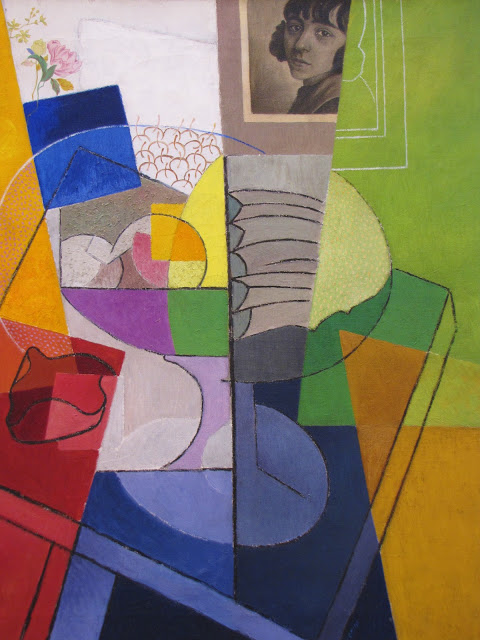
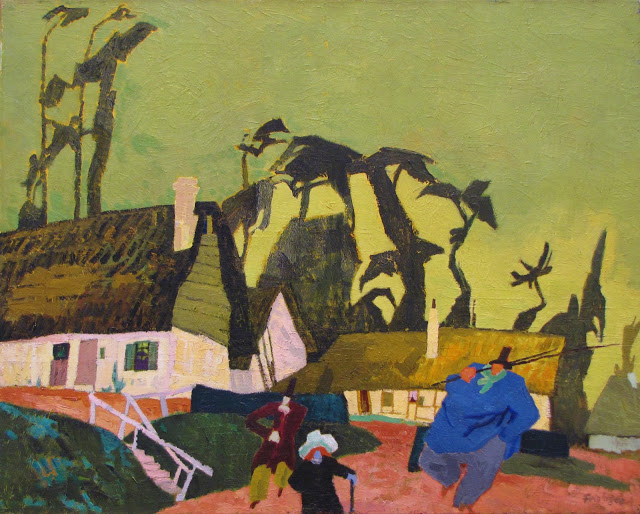

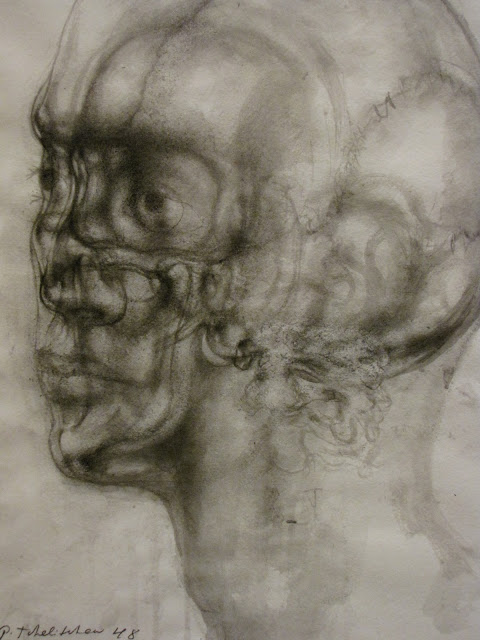
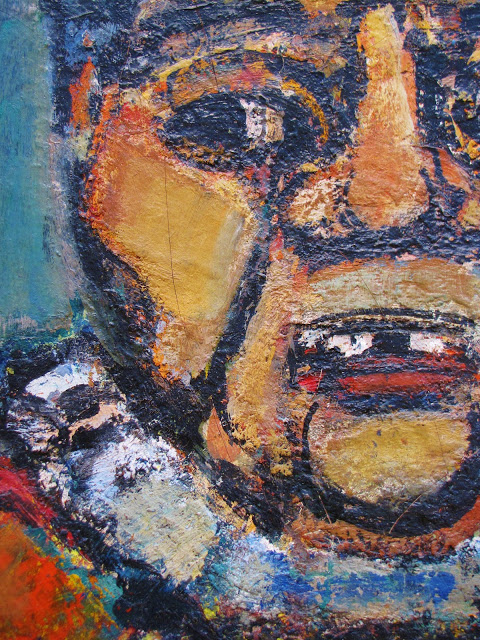
![Aleksei Alekseevich Morgunov, Portrait of Nathalija Gontcharova and Mihajl Larionov [detail of Gontcharova], 1913. Photo by Renée DeVoe Mertz.](https://www.vegetarianinaleatherjacket.com/wp-content/uploads/2012/03/47IMG_2702.jpg)

![Ludwig Meidner, Max Herrmann-Neisse [detail], 1913. Photo by Renée DeVoe Mertz.](https://www.vegetarianinaleatherjacket.com/wp-content/uploads/2012/03/49IMG_2759.jpg)
![Le Corbusier, Untitled [detail], 1932. Photo by Renée DeVoe Mertz.](https://www.vegetarianinaleatherjacket.com/wp-content/uploads/2012/03/50IMG_2825.jpg)
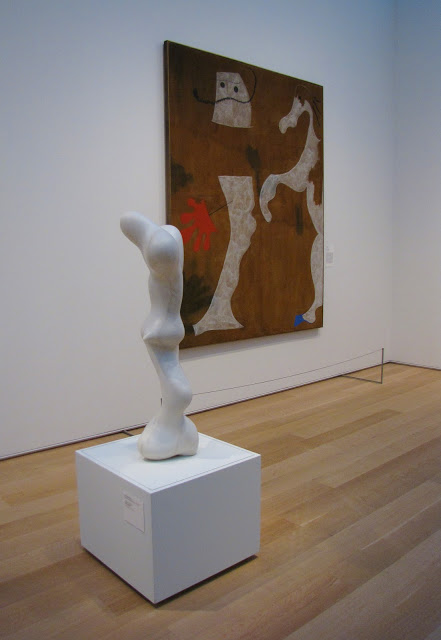
![Leonora Carrington, Juan Soriano de Lacandón [detail], 1964. Photo by Renée DeVoe Mertz.](https://www.vegetarianinaleatherjacket.com/wp-content/uploads/2012/03/51.2IMG_2925.jpg)
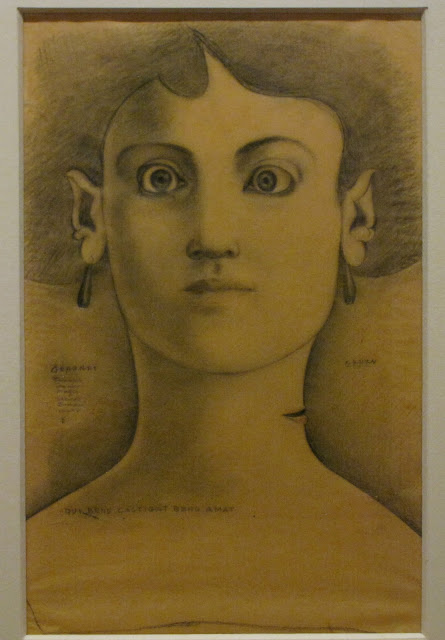
![Max Beckmann, Self-Portrait [detail], 1937. Photo by Renée DeVoe Mertz.](https://www.vegetarianinaleatherjacket.com/wp-content/uploads/2012/03/52IMG_2851.jpg)
![John D. Graham, Apotheosis [detail], 1955-57. Photo by Renée DeVoe Mertz.](https://www.vegetarianinaleatherjacket.com/wp-content/uploads/2012/03/54IMG_2948.jpg)
![Matta, The Earth Is a Man [detail], 1942. Photo by Renée DeVoe Mertz.](https://www.vegetarianinaleatherjacket.com/wp-content/uploads/2012/03/55IMG_3050.jpg)
![Joan Miró, Two Personages in Love with a Woman [detail of woman], 1936. Photo by Renée DeVoe Mertz.](https://www.vegetarianinaleatherjacket.com/wp-content/uploads/2012/03/56IMG_3017.jpg)
![Matta, Untitled (Flying People Eaters) [detail], 1942. Photo by Renée DeVoe Mertz.](https://www.vegetarianinaleatherjacket.com/wp-content/uploads/2012/03/57IMG_2949.jpg)
![Salvador Dalí, Venus de Milo with Drawers [detail], 1936. Photo by Renée DeVoe Mertz.](https://www.vegetarianinaleatherjacket.com/wp-content/uploads/2012/03/58.1IMG_2980.jpg)
![Pablo Picasso, The Red Armchair [detail], 1931. Photo by Renée DeVoe Mertz.](https://www.vegetarianinaleatherjacket.com/wp-content/uploads/2012/03/58IMG_2842.jpg)



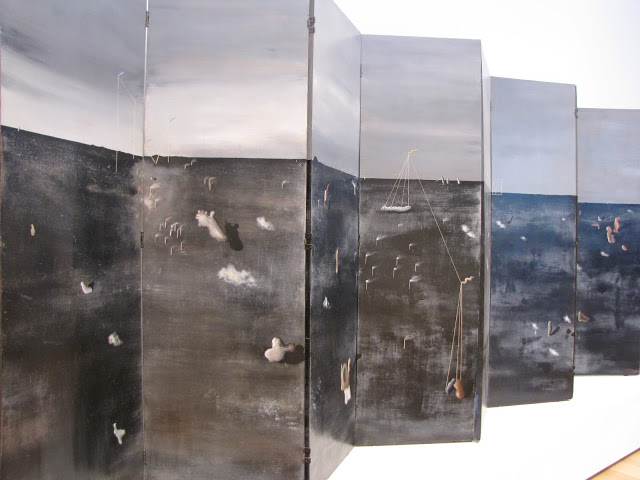

![Salvador Dalí, A Chemist Lifting with Extreme Precaution the Cuticle of a Grand Piano [detail], 1936. Photo by Renée DeVoe Mertz.](https://www.vegetarianinaleatherjacket.com/wp-content/uploads/2012/03/64IMG_2974.jpg)

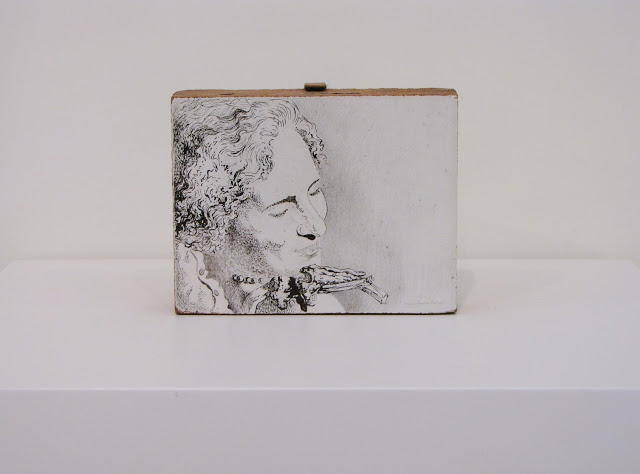
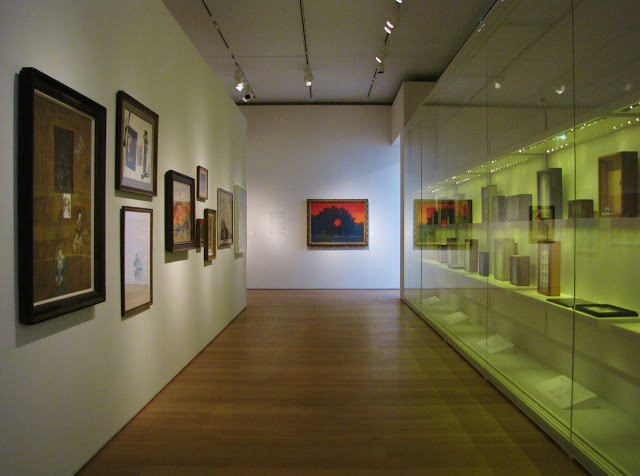
All photos by author. Paintings shown without frames are cropped to varying degrees. Photographs showing only a small portion (half or less) of the original objects are listed as details.
vegetarian in a leather jacket
art, travel, culture

![Pablo Picasso, Half-Length Female Nude [detail], 1906. Photo by Renée DeVoe Mertz.](https://www.vegetarianinaleatherjacket.com/wp-content/uploads/2012/03/2IMG_2639.jpg)
![Amedeo Modigliani, Jacques and Berthe Lipchitz [detail of Berthe], 1916. Photo by Renée DeVoe Mertz.](https://www.vegetarianinaleatherjacket.com/wp-content/uploads/2012/03/3IMG_2676.jpg)







![Jacques Lipchitz, Seated Figure [detail], 1917. Photo by Renée DeVoe Mertz.](https://www.vegetarianinaleatherjacket.com/wp-content/uploads/2012/03/12IMG_2697.jpg)
![Alberto Giacometti, Diego Seated in the Studio [detail], 1950. Photo by Renée DeVoe Mertz.](https://www.vegetarianinaleatherjacket.com/wp-content/uploads/2012/03/13IMG_3038.jpg)
![Alberto Giacometti, Walking Man II [detail], 1960. Photo by Renée DeVoe Mertz.](https://www.vegetarianinaleatherjacket.com/wp-content/uploads/2012/03/14IMG_3040.jpg)


![Henri Matisse, Lorette with Cup of Coffee [detail], 1916–17. Photo by Renée DeVoe Mertz.](https://www.vegetarianinaleatherjacket.com/wp-content/uploads/2012/03/17IMG_2819.jpg)









![Matta, Untitled (Flying People Eaters) [detail], 1942. Photo by Renée DeVoe Mertz.](https://www.vegetarianinaleatherjacket.com/wp-content/uploads/2012/03/26IMG_2959.jpg)
![Max Ernst, Spanish Physician [detail], 1940. Photo by Renée DeVoe Mertz.](https://www.vegetarianinaleatherjacket.com/wp-content/uploads/2012/03/27.1IMG_2994.jpg)
![Oskar Kokoschka, Commerce Counselor Ebenstein [detail], 1908. Photo by Renée DeVoe Mertz.](https://www.vegetarianinaleatherjacket.com/wp-content/uploads/2012/03/29IMG_2724.jpg)
![Franz Marc, The Bewitched Mill [detail], 1913. Photo by Renée DeVoe Mertz.](https://www.vegetarianinaleatherjacket.com/wp-content/uploads/2012/03/30IMG_2741.jpg)




![Henri Matisse, Woman before an Aquarium [detail], 1921–23](https://www.vegetarianinaleatherjacket.com/wp-content/uploads/2012/03/35IMG_2814.jpg)
![Giorgio de Chirico, The Eventuality of Destiny [detail], 1927. Photo by Renée DeVoe Mertz.](https://www.vegetarianinaleatherjacket.com/wp-content/uploads/2012/03/36IMG_2829.jpg)

![Yves Tanguy, The Rapidity of Sleep [detail], 1945. Photo by Renée DeVoe Mertz.](https://www.vegetarianinaleatherjacket.com/wp-content/uploads/2012/03/38IMG_2869.jpg)

![Joan Miró, Woman [detail], 1934. Photo by Renée DeVoe Mertz.](https://www.vegetarianinaleatherjacket.com/wp-content/uploads/2012/03/41IMG_2939.jpg)





![Aleksei Alekseevich Morgunov, Portrait of Nathalija Gontcharova and Mihajl Larionov [detail of Gontcharova], 1913. Photo by Renée DeVoe Mertz.](https://www.vegetarianinaleatherjacket.com/wp-content/uploads/2012/03/47IMG_2702.jpg)

![Ludwig Meidner, Max Herrmann-Neisse [detail], 1913. Photo by Renée DeVoe Mertz.](https://www.vegetarianinaleatherjacket.com/wp-content/uploads/2012/03/49IMG_2759.jpg)
![Le Corbusier, Untitled [detail], 1932. Photo by Renée DeVoe Mertz.](https://www.vegetarianinaleatherjacket.com/wp-content/uploads/2012/03/50IMG_2825.jpg)

![Leonora Carrington, Juan Soriano de Lacandón [detail], 1964. Photo by Renée DeVoe Mertz.](https://www.vegetarianinaleatherjacket.com/wp-content/uploads/2012/03/51.2IMG_2925.jpg)

![Max Beckmann, Self-Portrait [detail], 1937. Photo by Renée DeVoe Mertz.](https://www.vegetarianinaleatherjacket.com/wp-content/uploads/2012/03/52IMG_2851.jpg)
![John D. Graham, Apotheosis [detail], 1955-57. Photo by Renée DeVoe Mertz.](https://www.vegetarianinaleatherjacket.com/wp-content/uploads/2012/03/54IMG_2948.jpg)
![Matta, The Earth Is a Man [detail], 1942. Photo by Renée DeVoe Mertz.](https://www.vegetarianinaleatherjacket.com/wp-content/uploads/2012/03/55IMG_3050.jpg)
![Joan Miró, Two Personages in Love with a Woman [detail of woman], 1936. Photo by Renée DeVoe Mertz.](https://www.vegetarianinaleatherjacket.com/wp-content/uploads/2012/03/56IMG_3017.jpg)
![Matta, Untitled (Flying People Eaters) [detail], 1942. Photo by Renée DeVoe Mertz.](https://www.vegetarianinaleatherjacket.com/wp-content/uploads/2012/03/57IMG_2949.jpg)
![Salvador Dalí, Venus de Milo with Drawers [detail], 1936. Photo by Renée DeVoe Mertz.](https://www.vegetarianinaleatherjacket.com/wp-content/uploads/2012/03/58.1IMG_2980.jpg)
![Pablo Picasso, The Red Armchair [detail], 1931. Photo by Renée DeVoe Mertz.](https://www.vegetarianinaleatherjacket.com/wp-content/uploads/2012/03/58IMG_2842.jpg)





![Salvador Dalí, A Chemist Lifting with Extreme Precaution the Cuticle of a Grand Piano [detail], 1936. Photo by Renée DeVoe Mertz.](https://www.vegetarianinaleatherjacket.com/wp-content/uploads/2012/03/64IMG_2974.jpg)



All photos by author. Paintings shown without frames are cropped to varying degrees. Photographs showing only a small portion (half or less) of the original objects are listed as details.
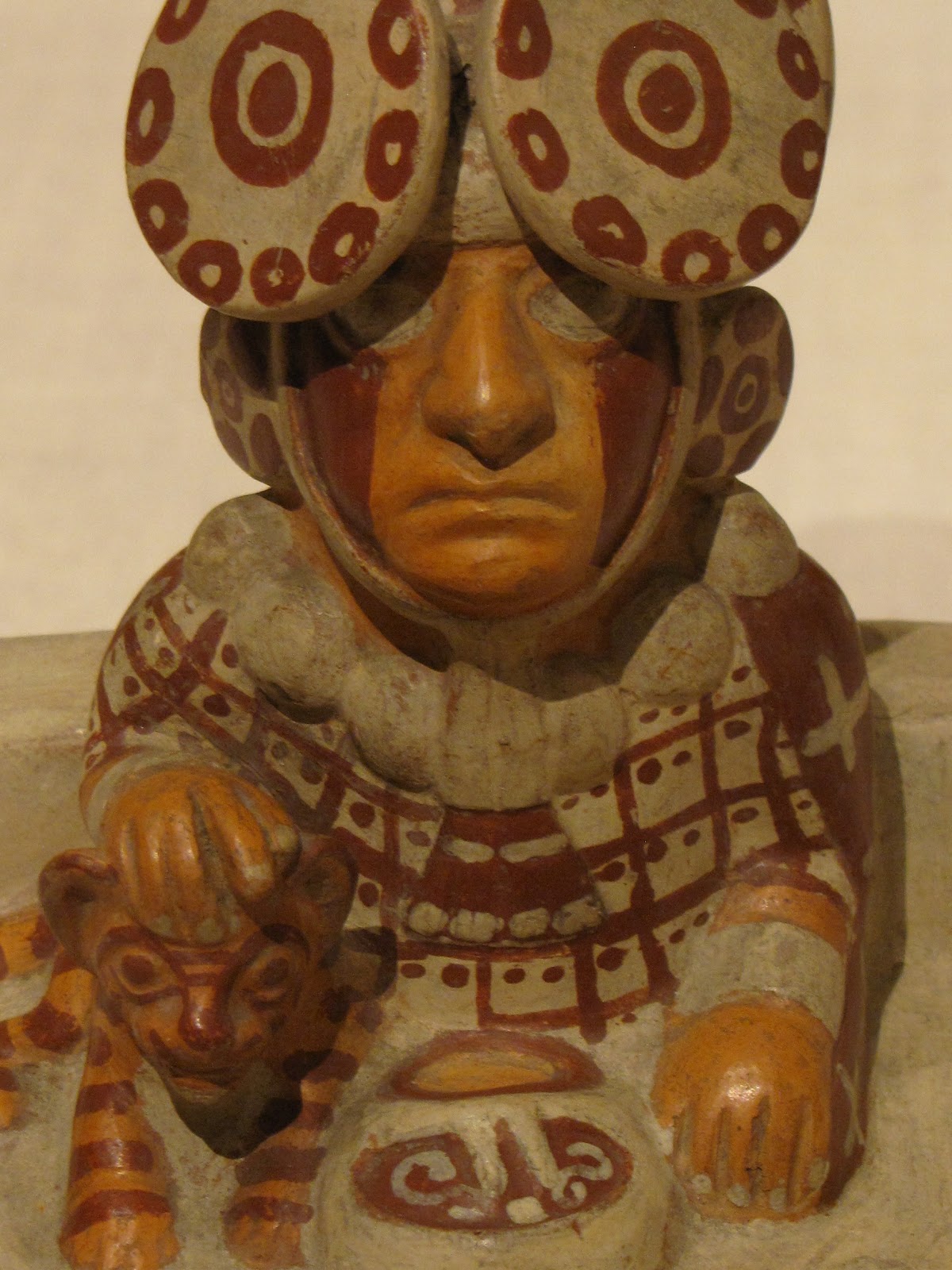



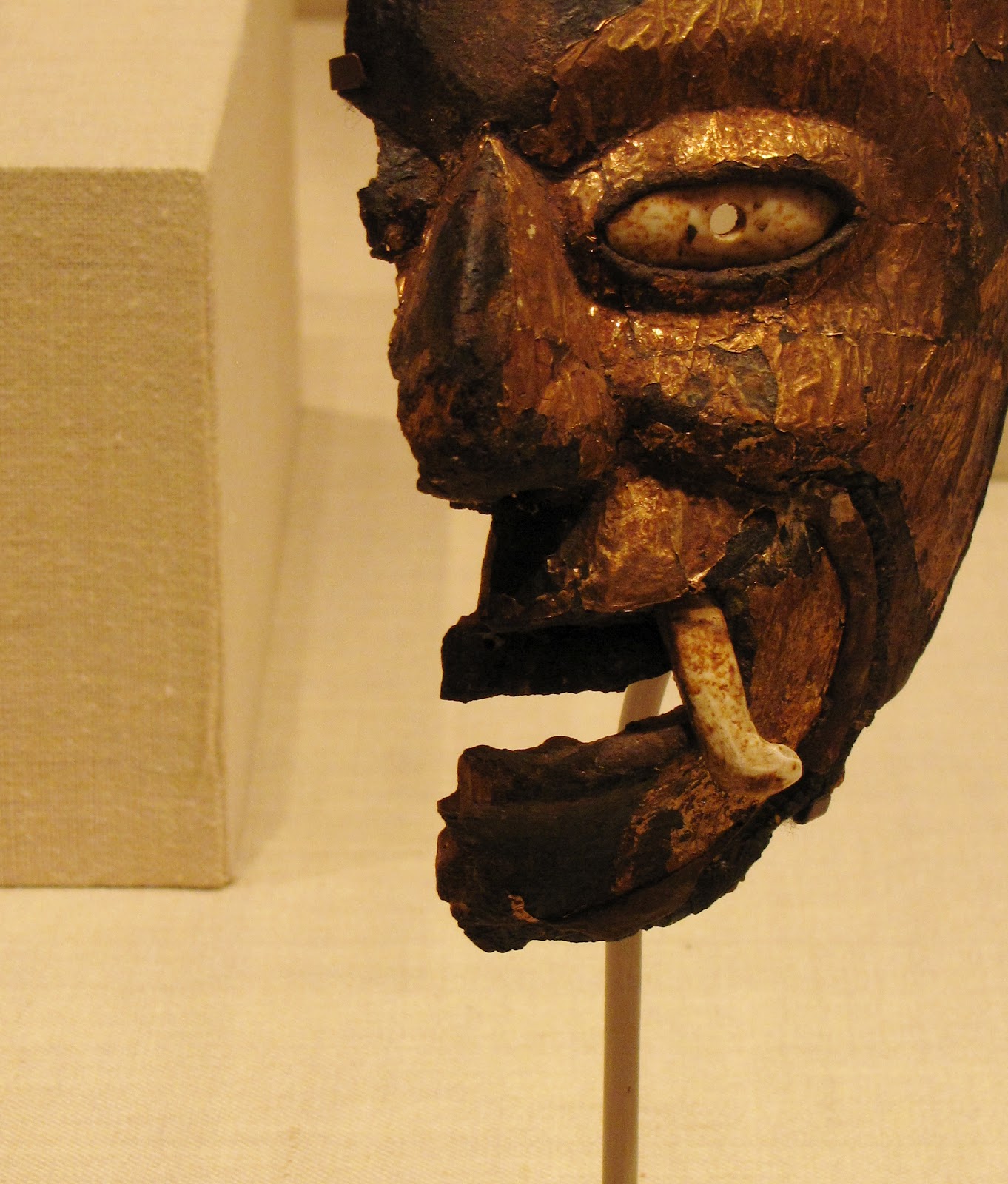


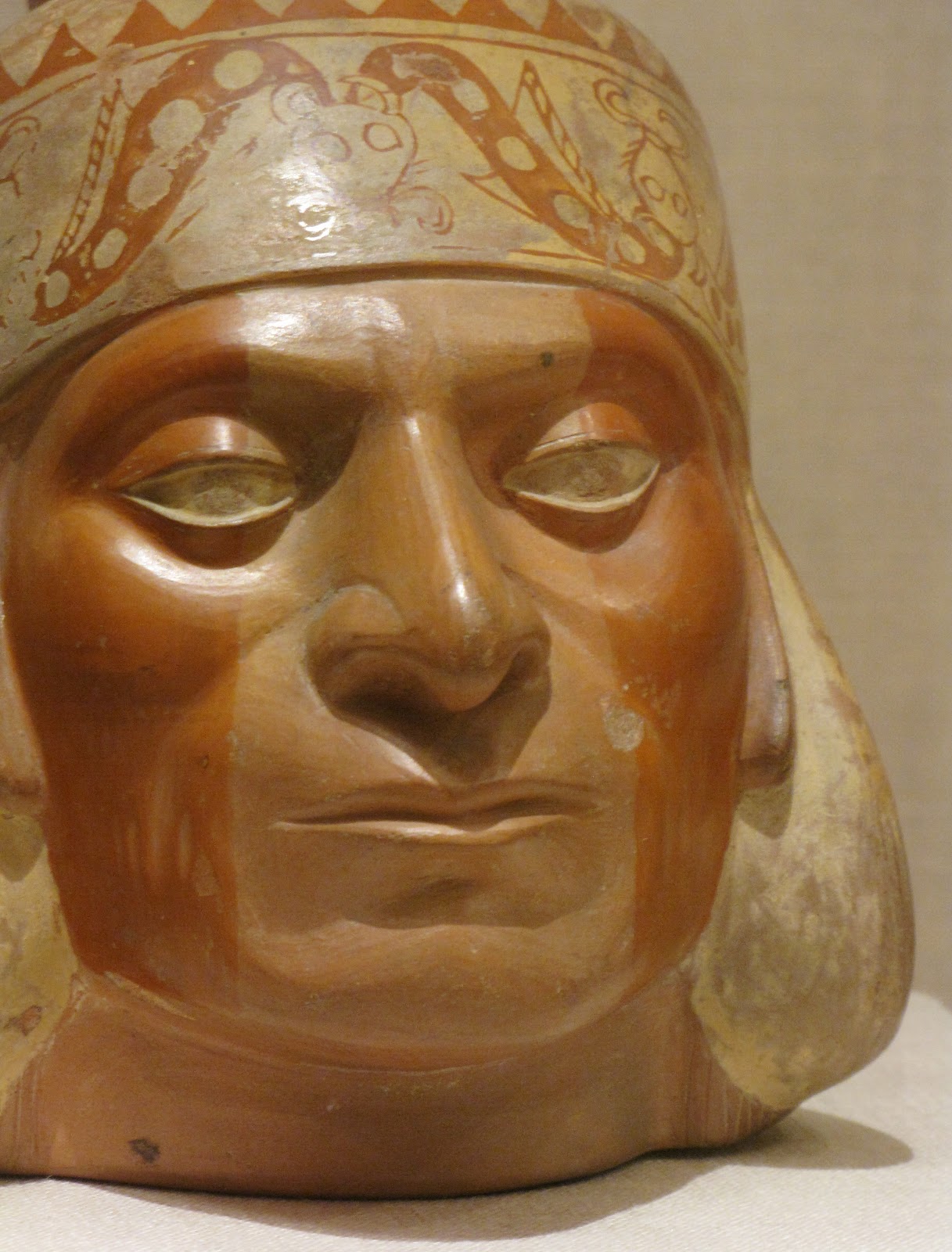

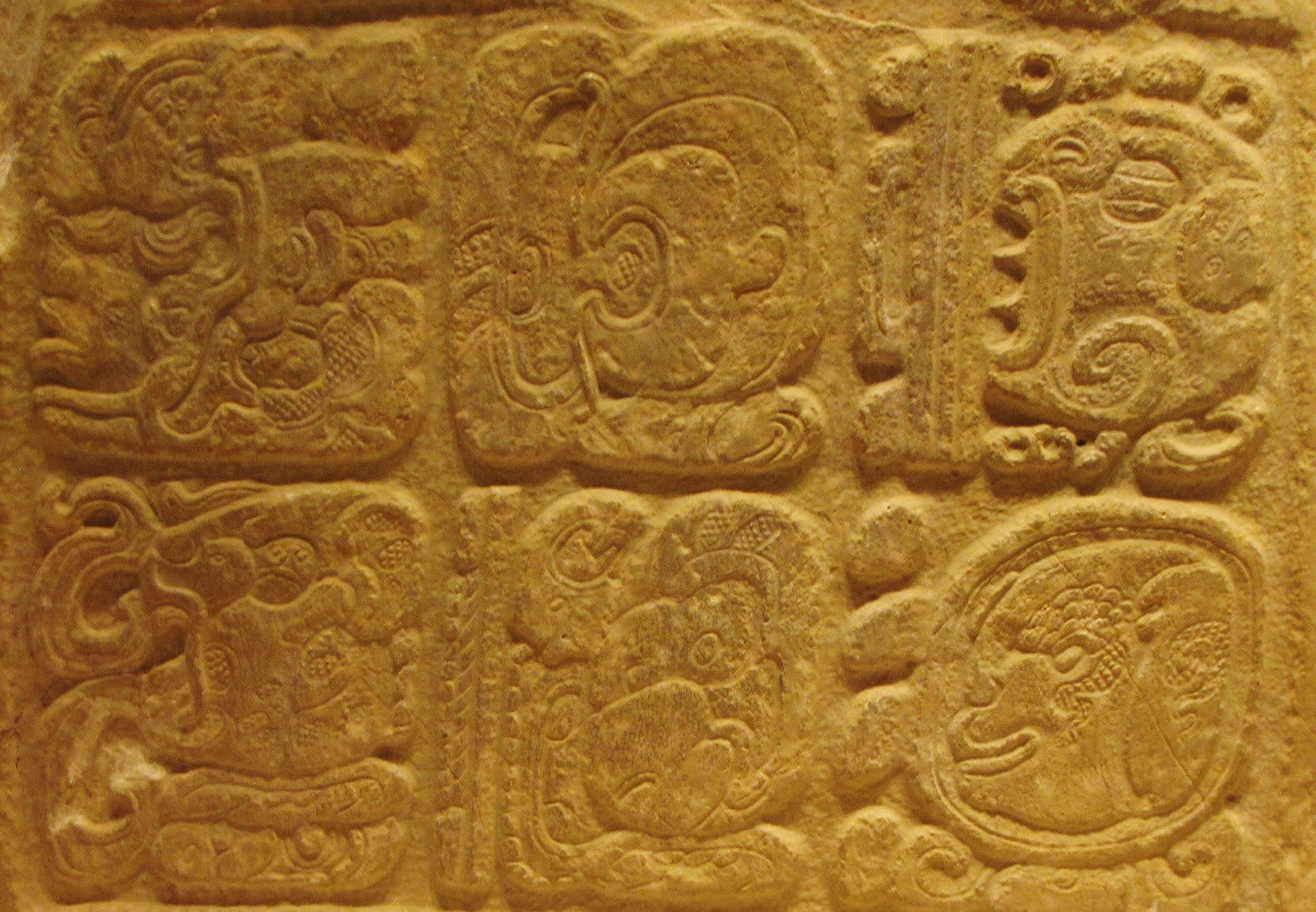
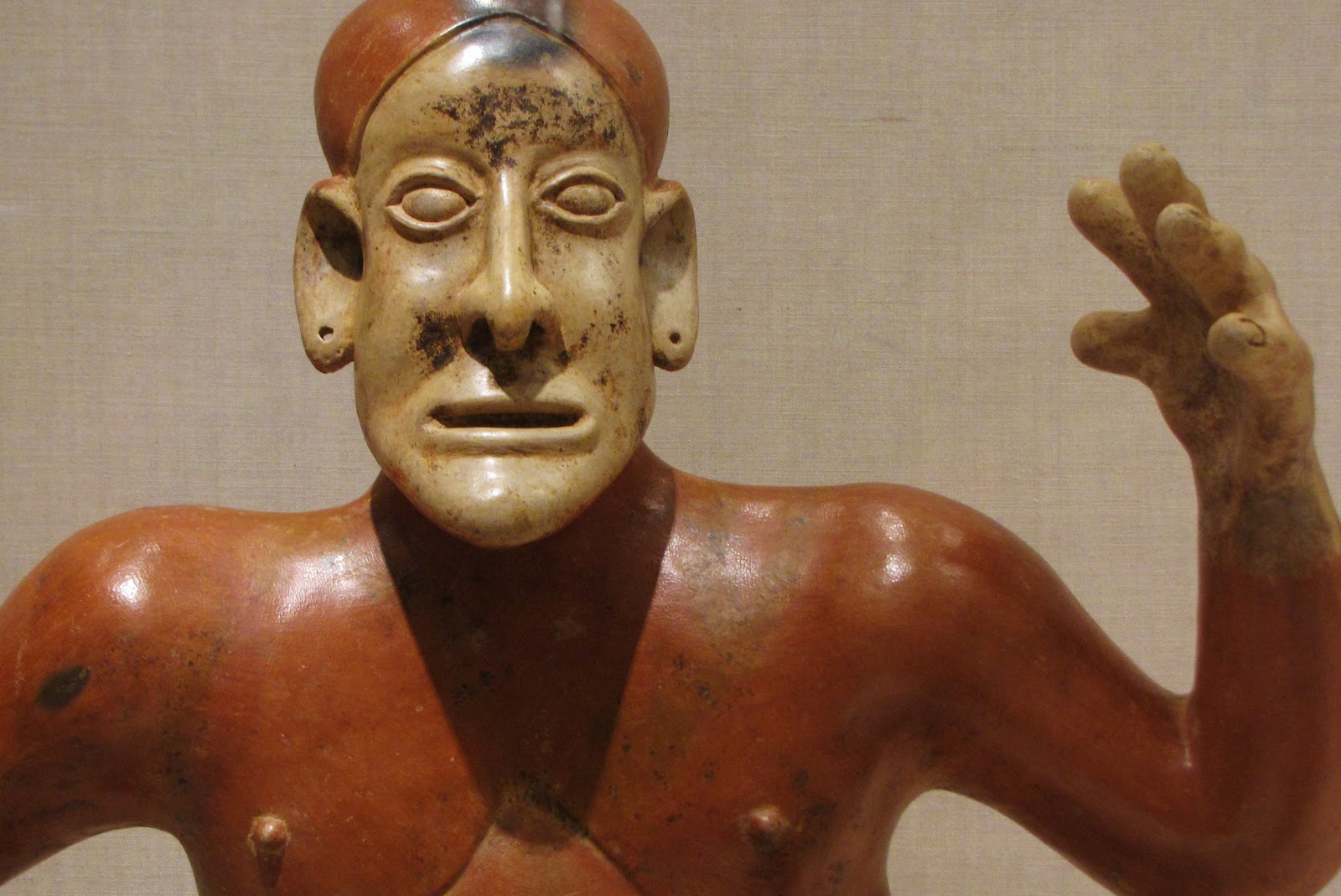
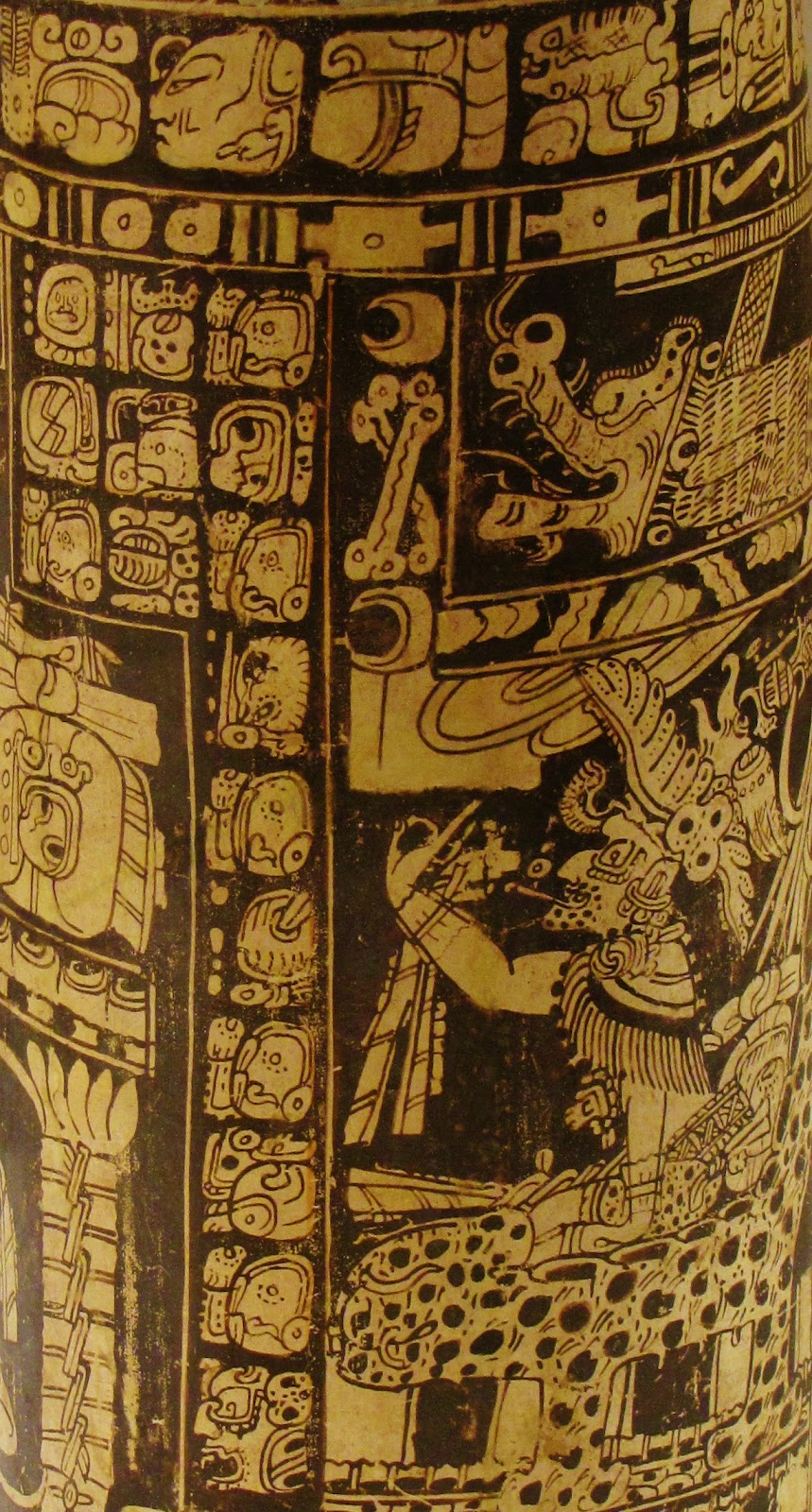
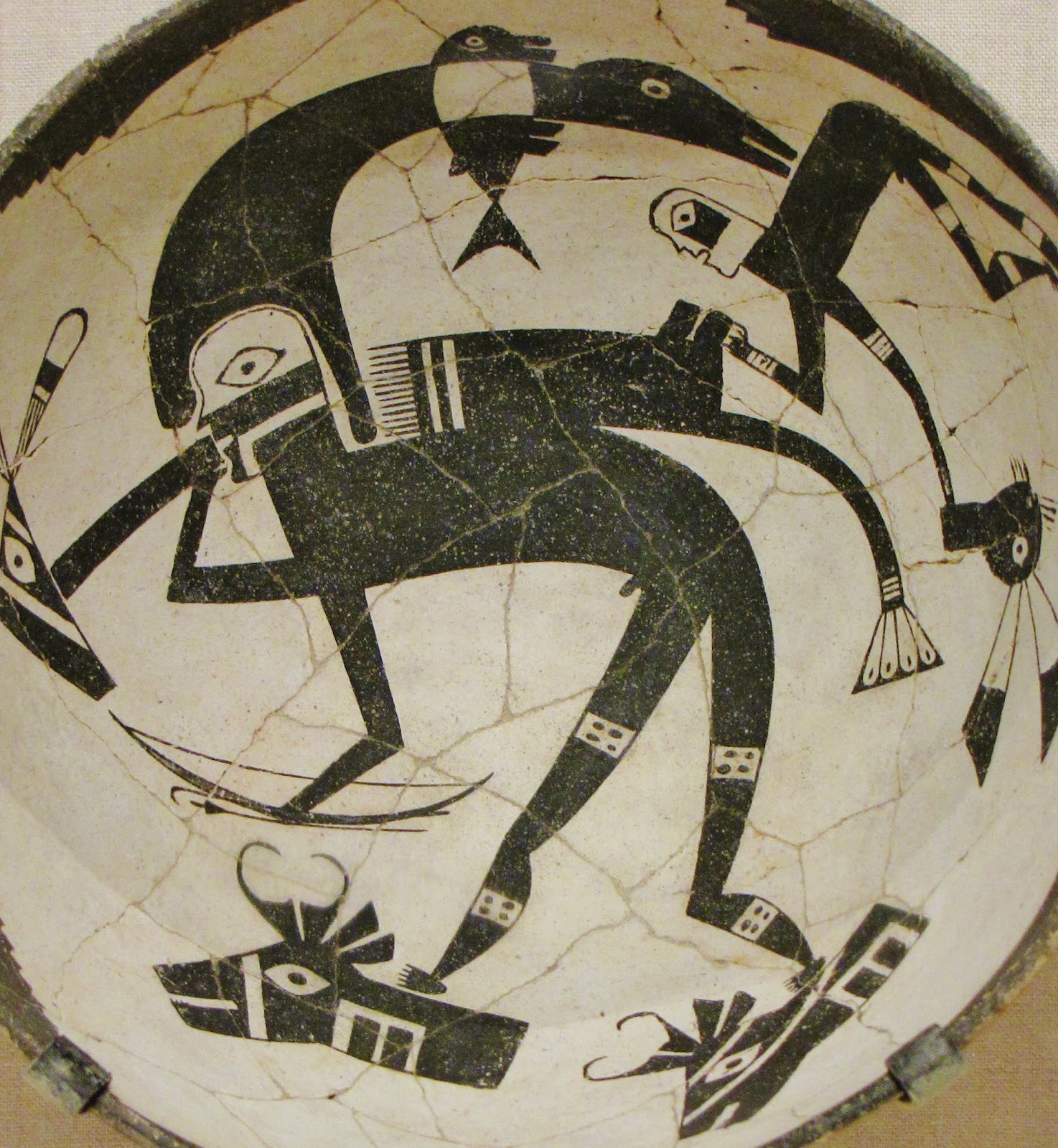

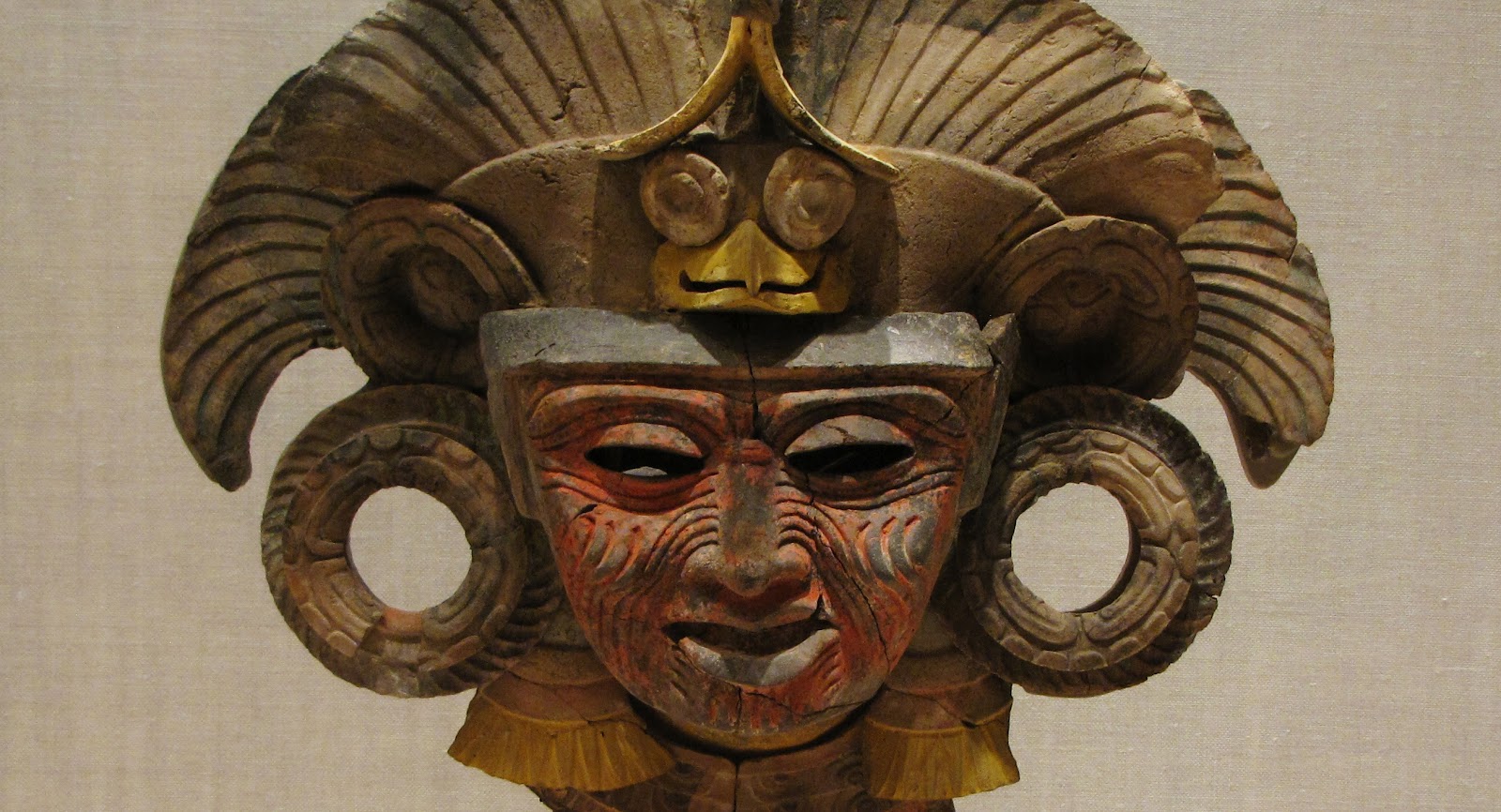
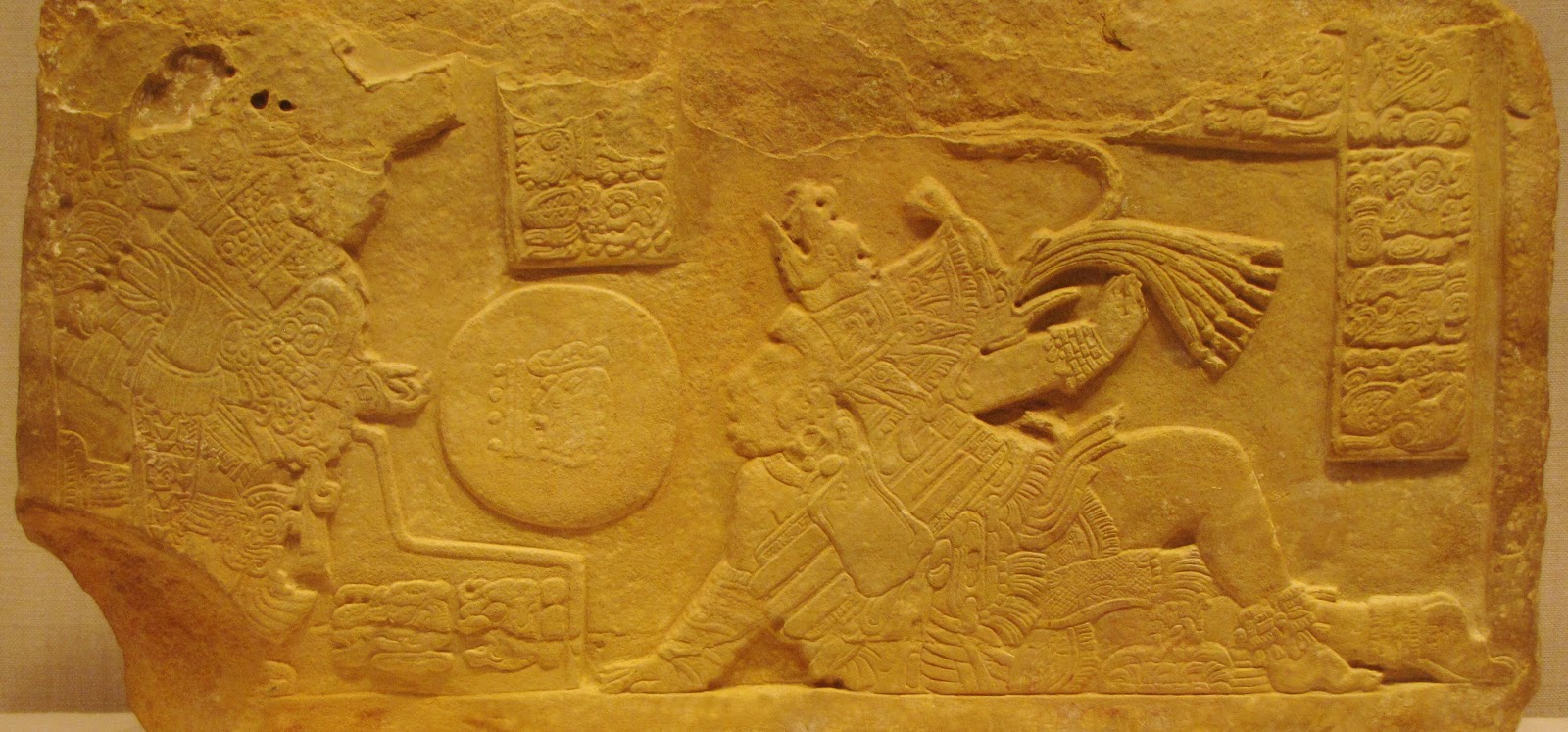




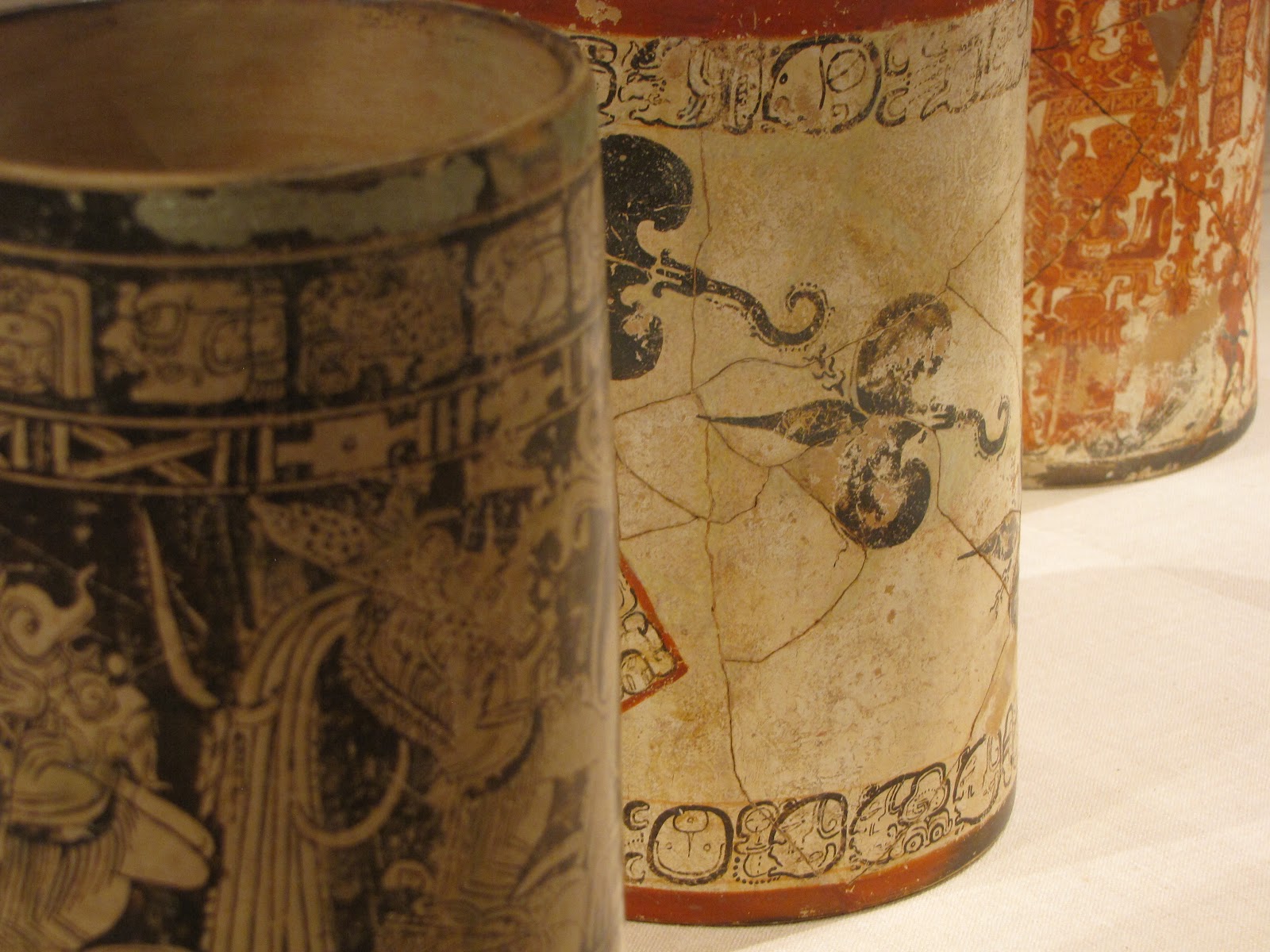
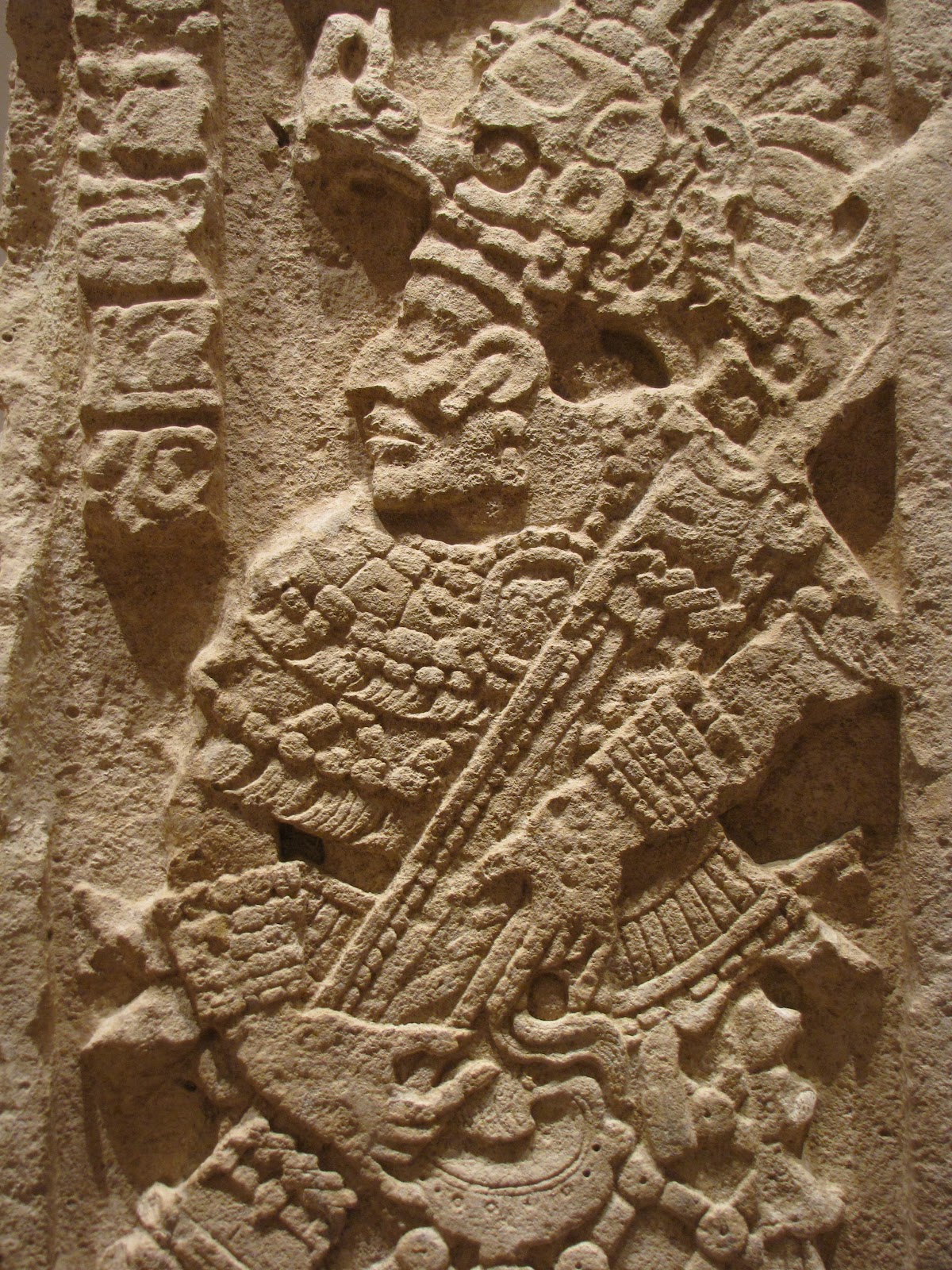





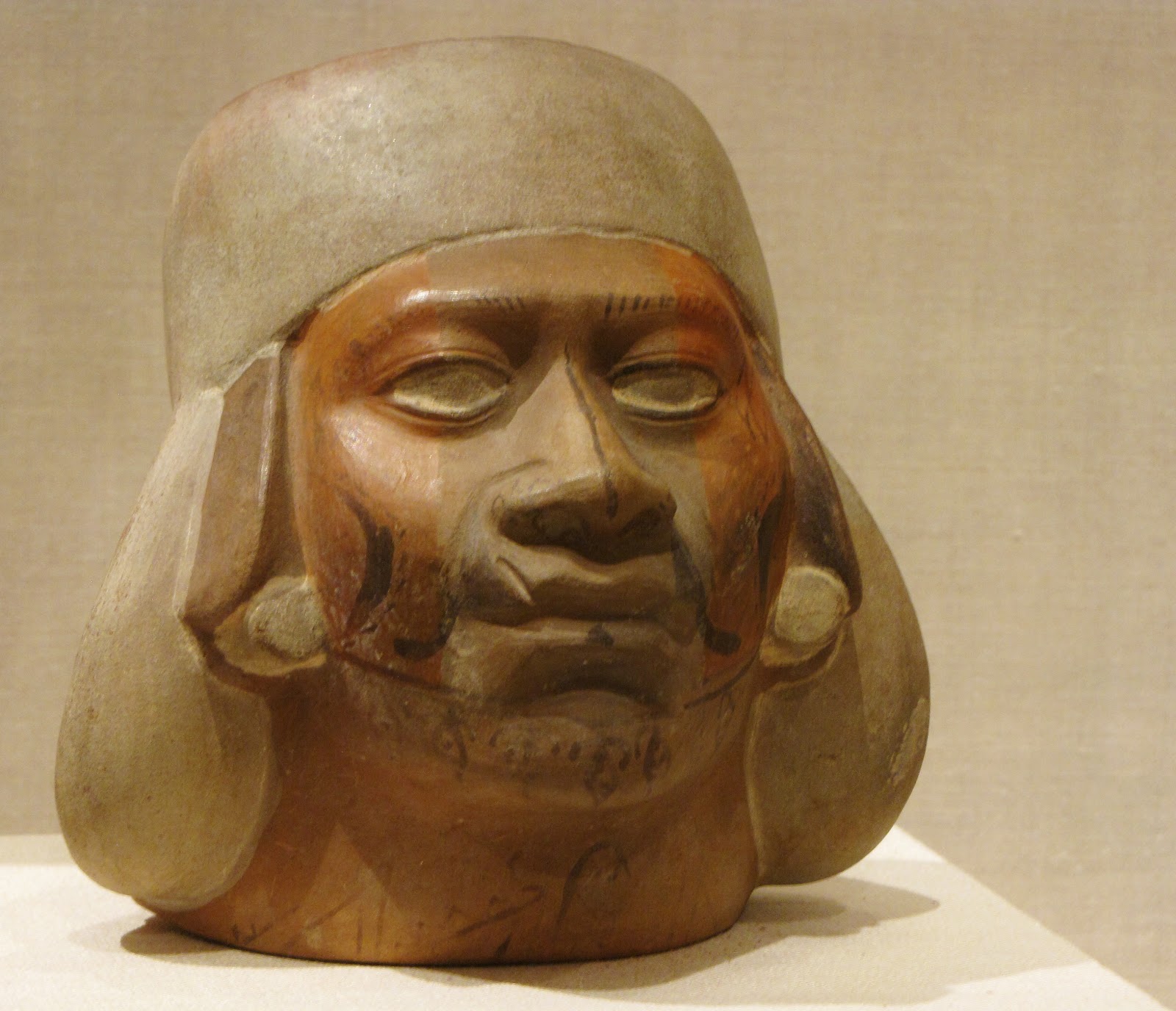

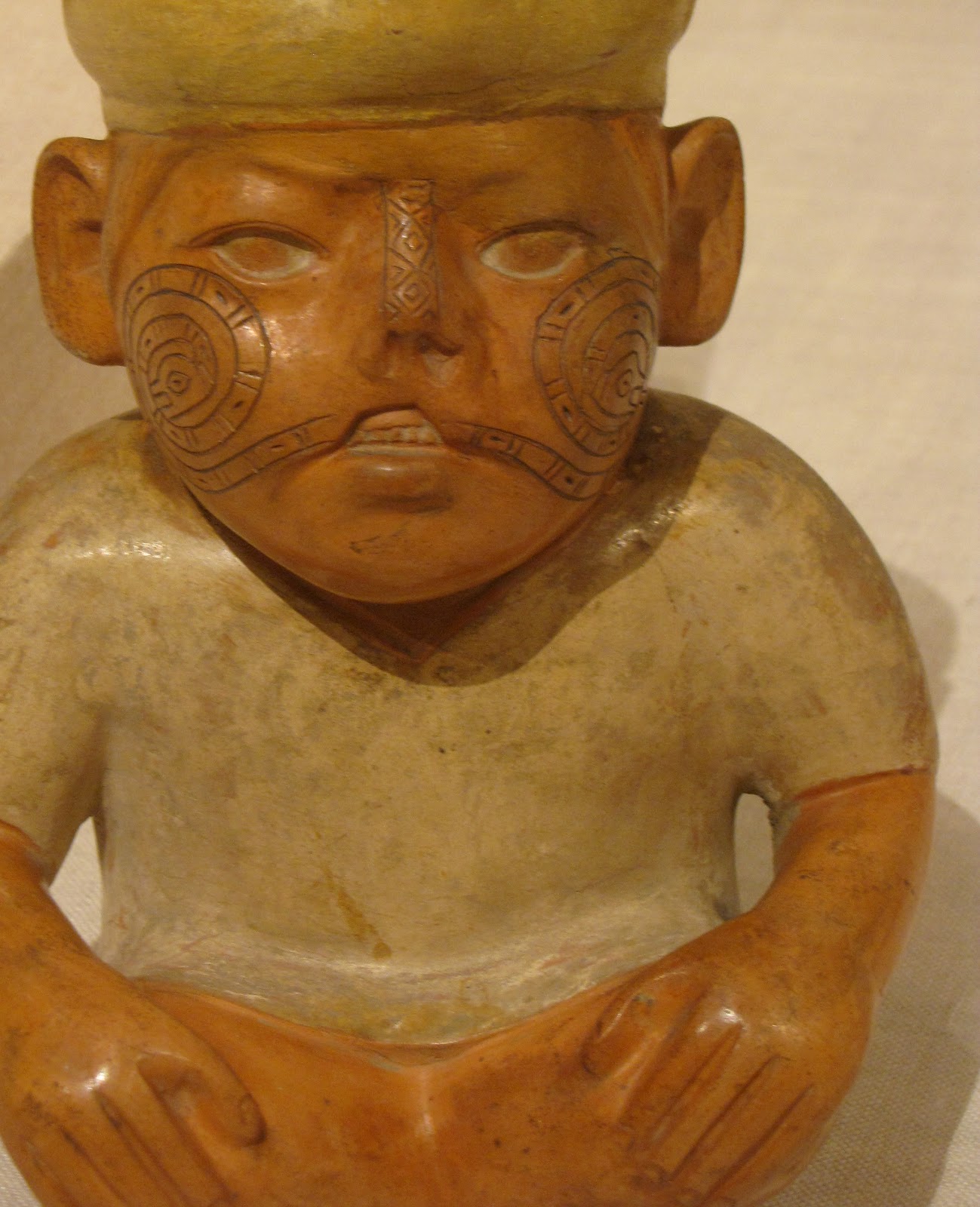
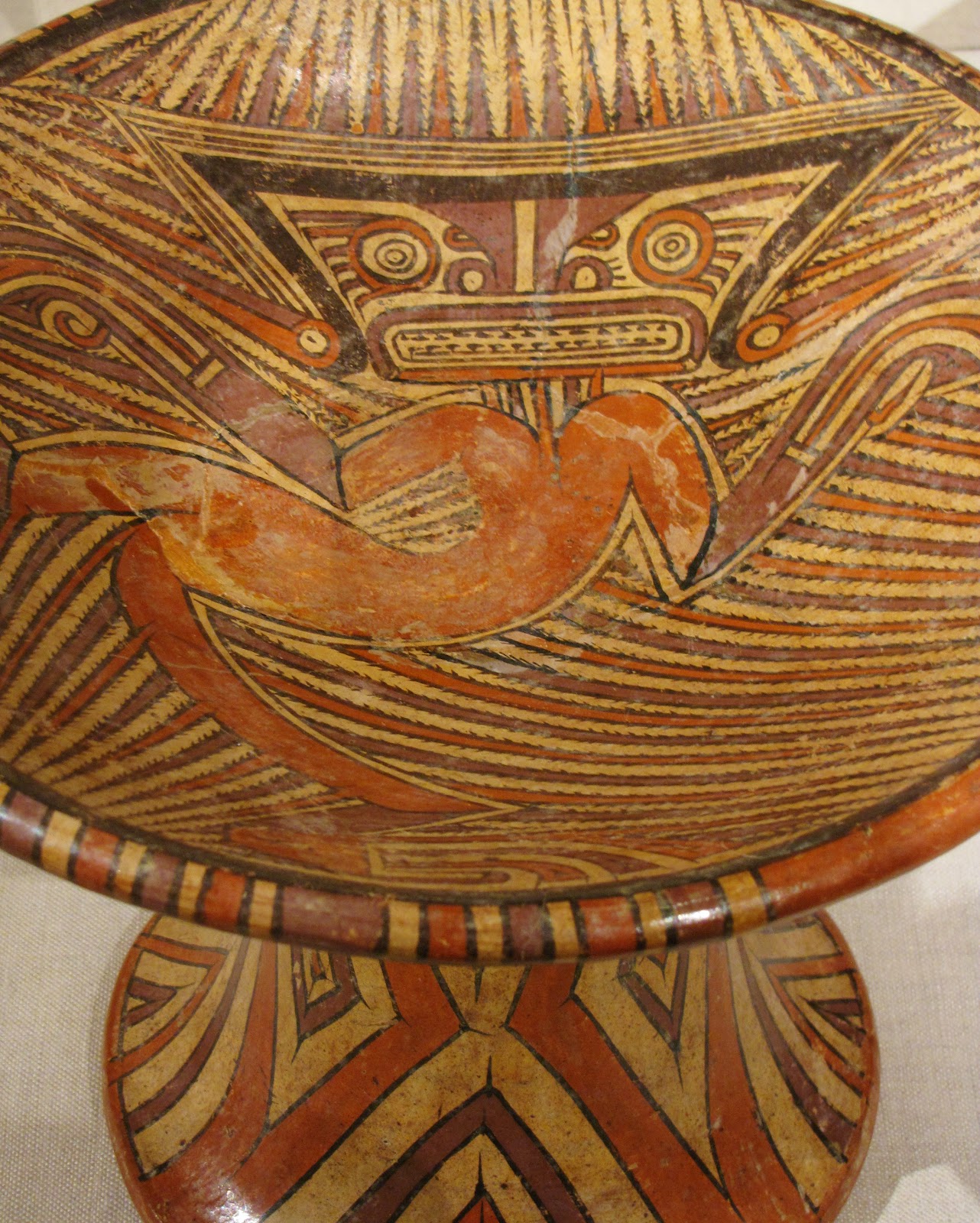
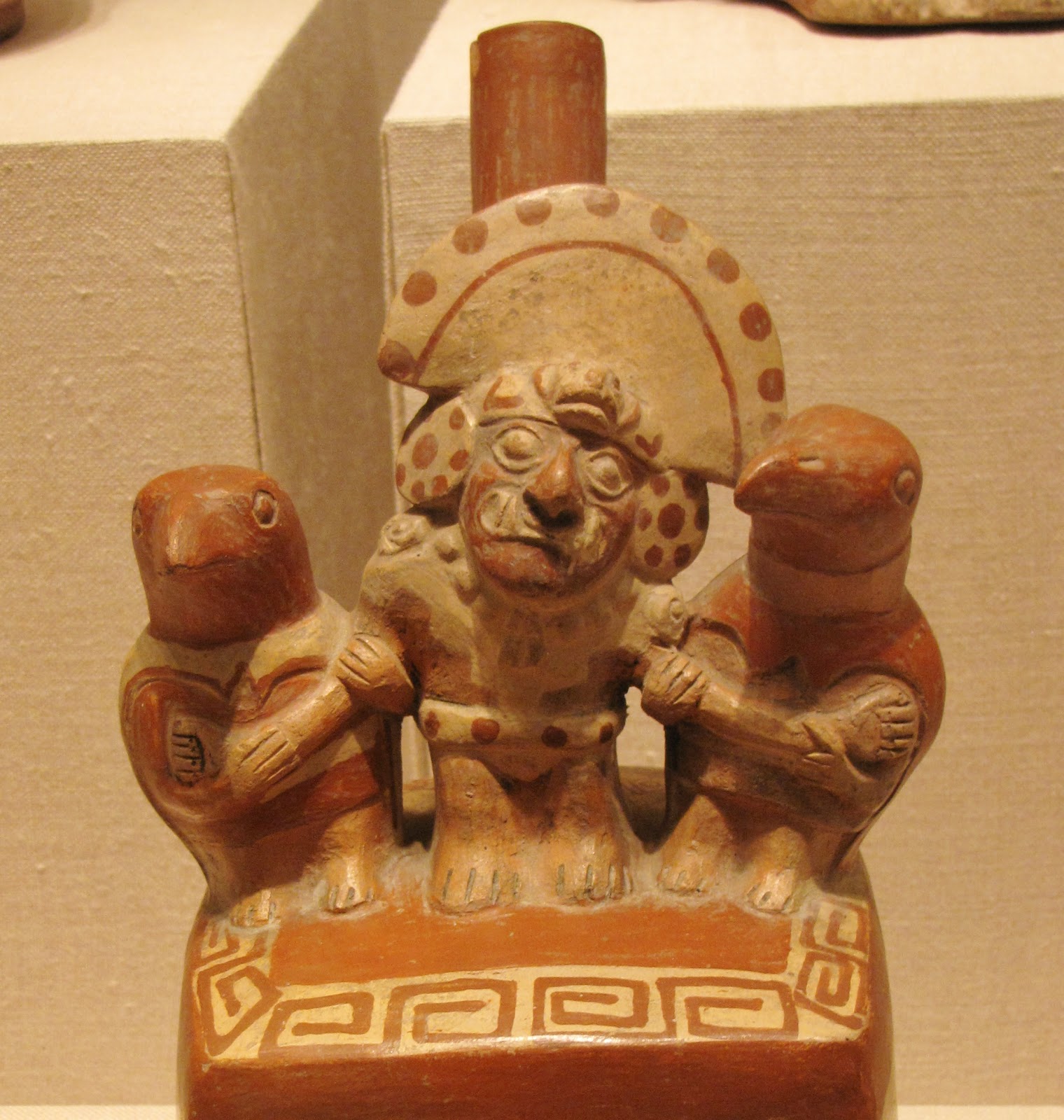
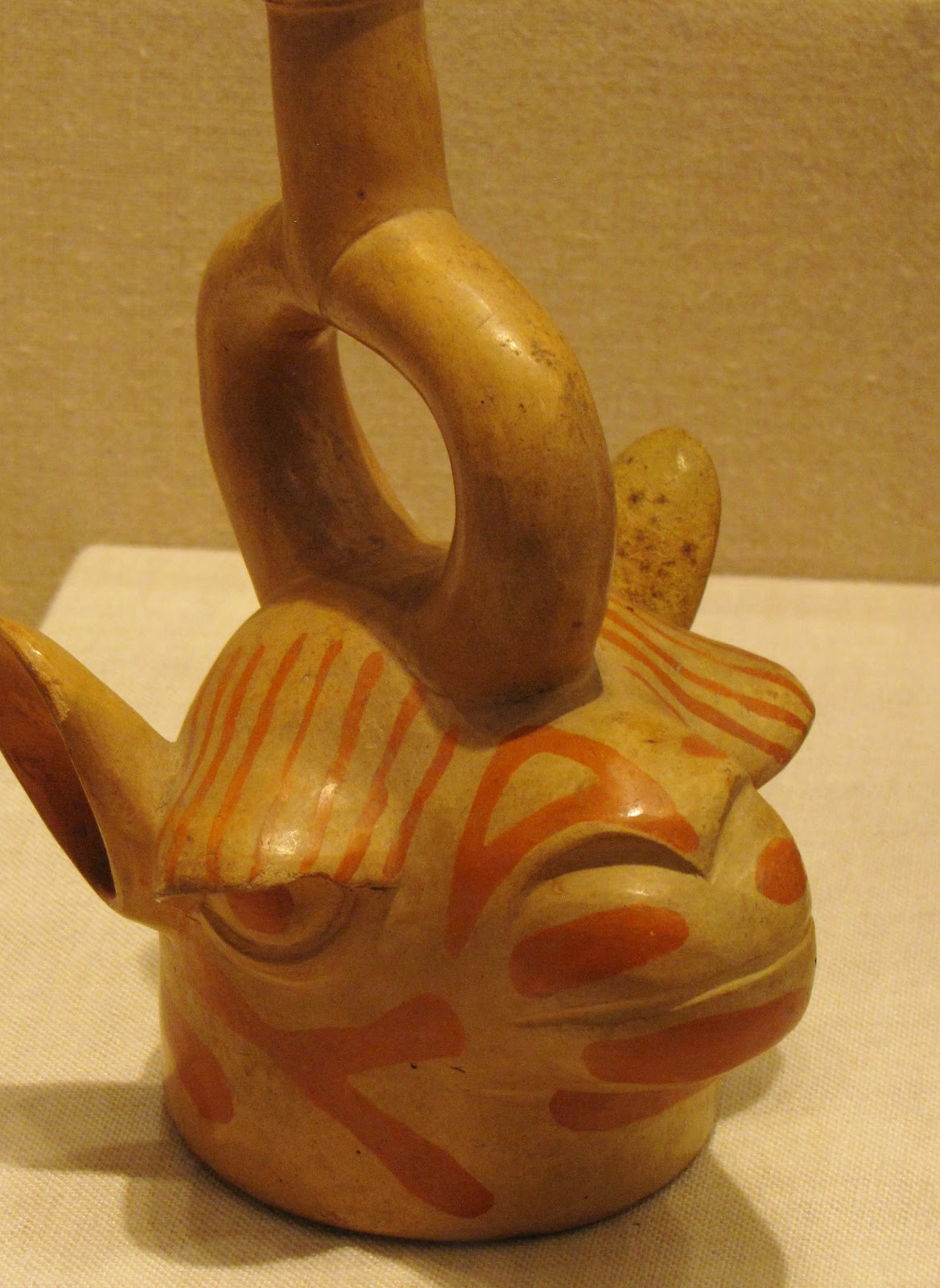


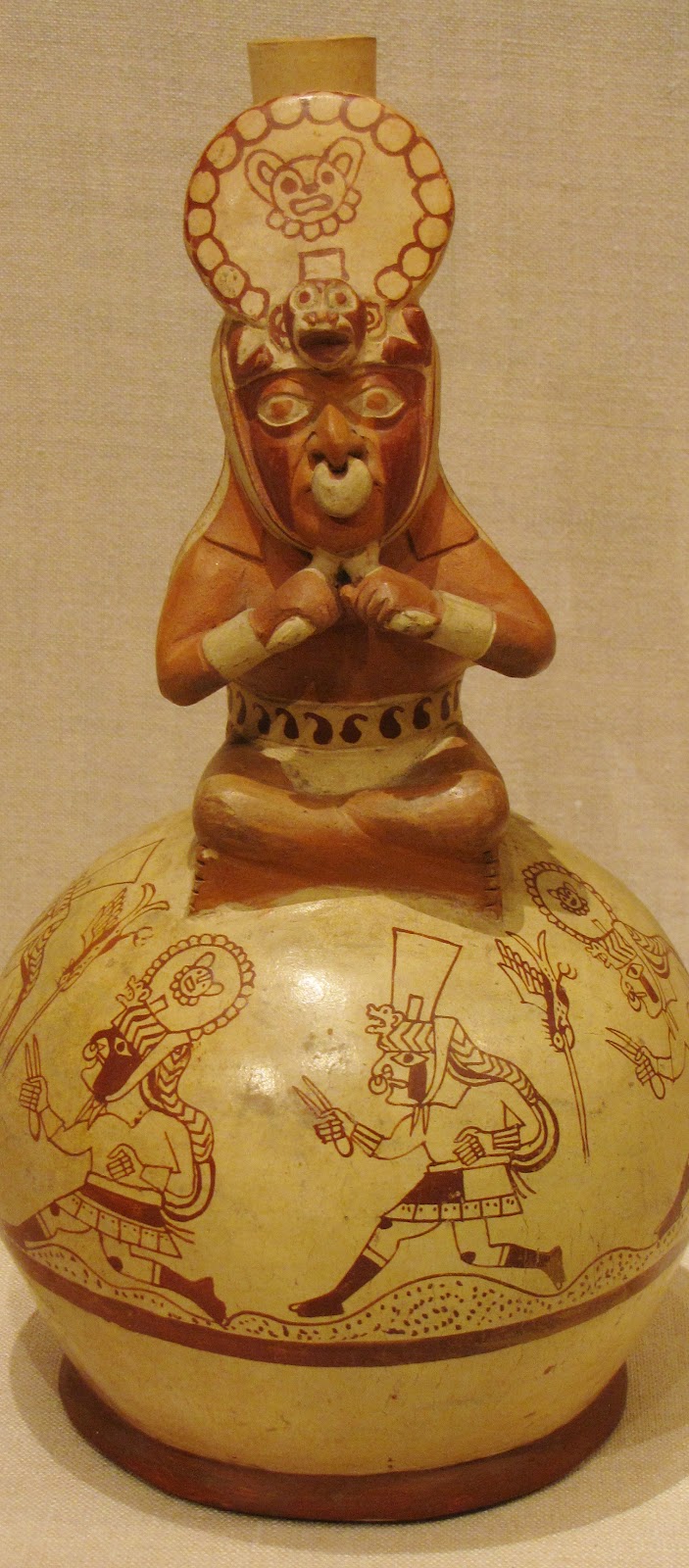
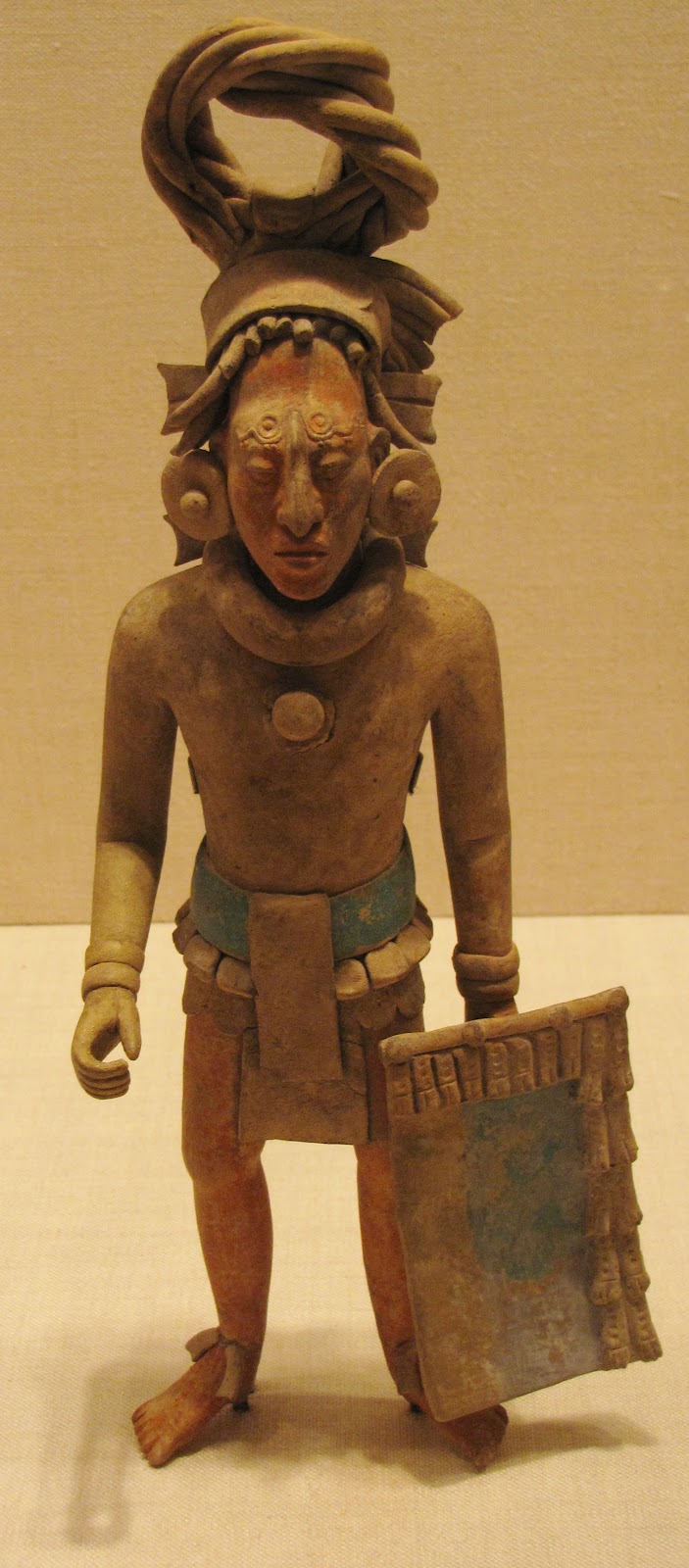
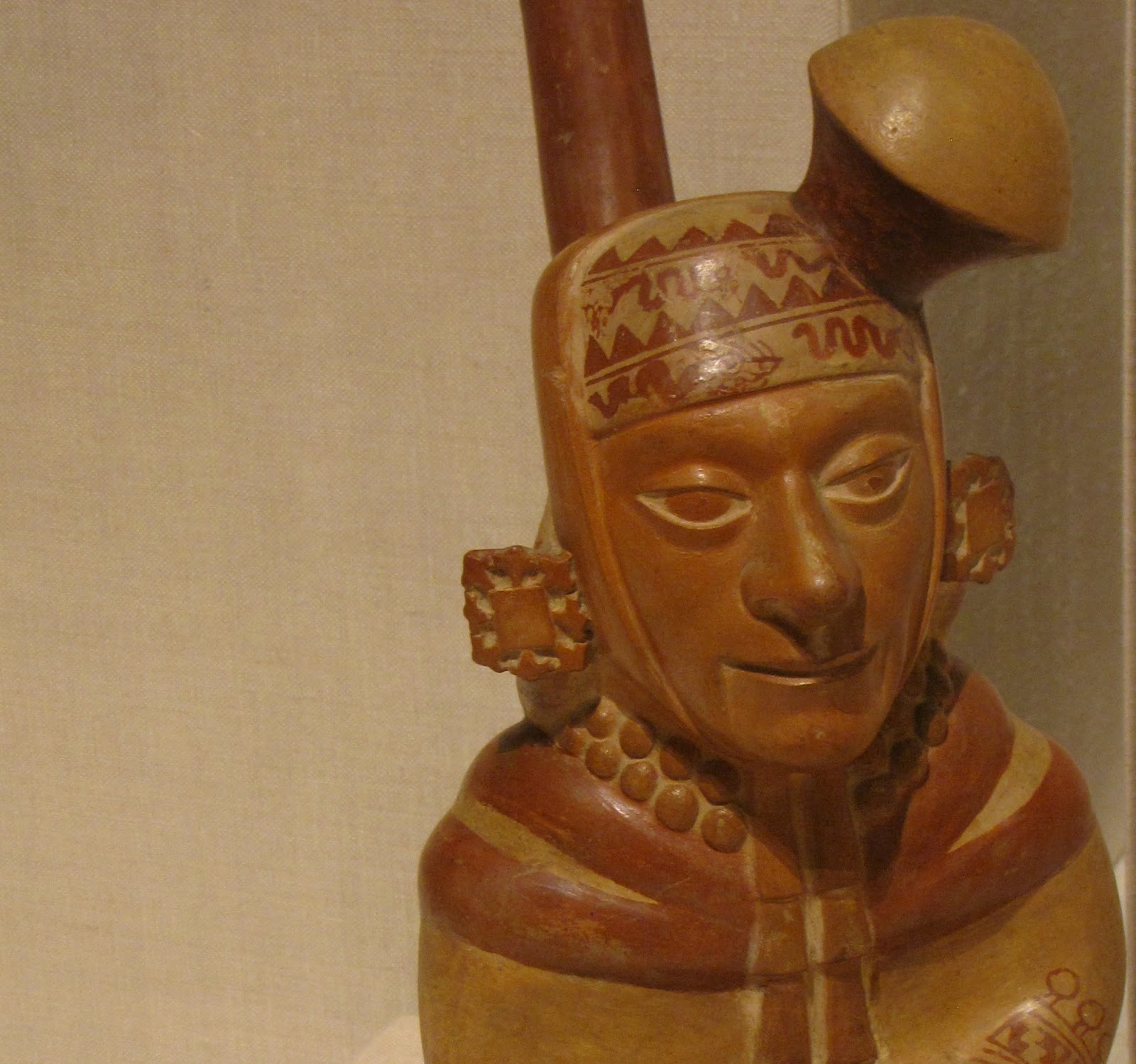
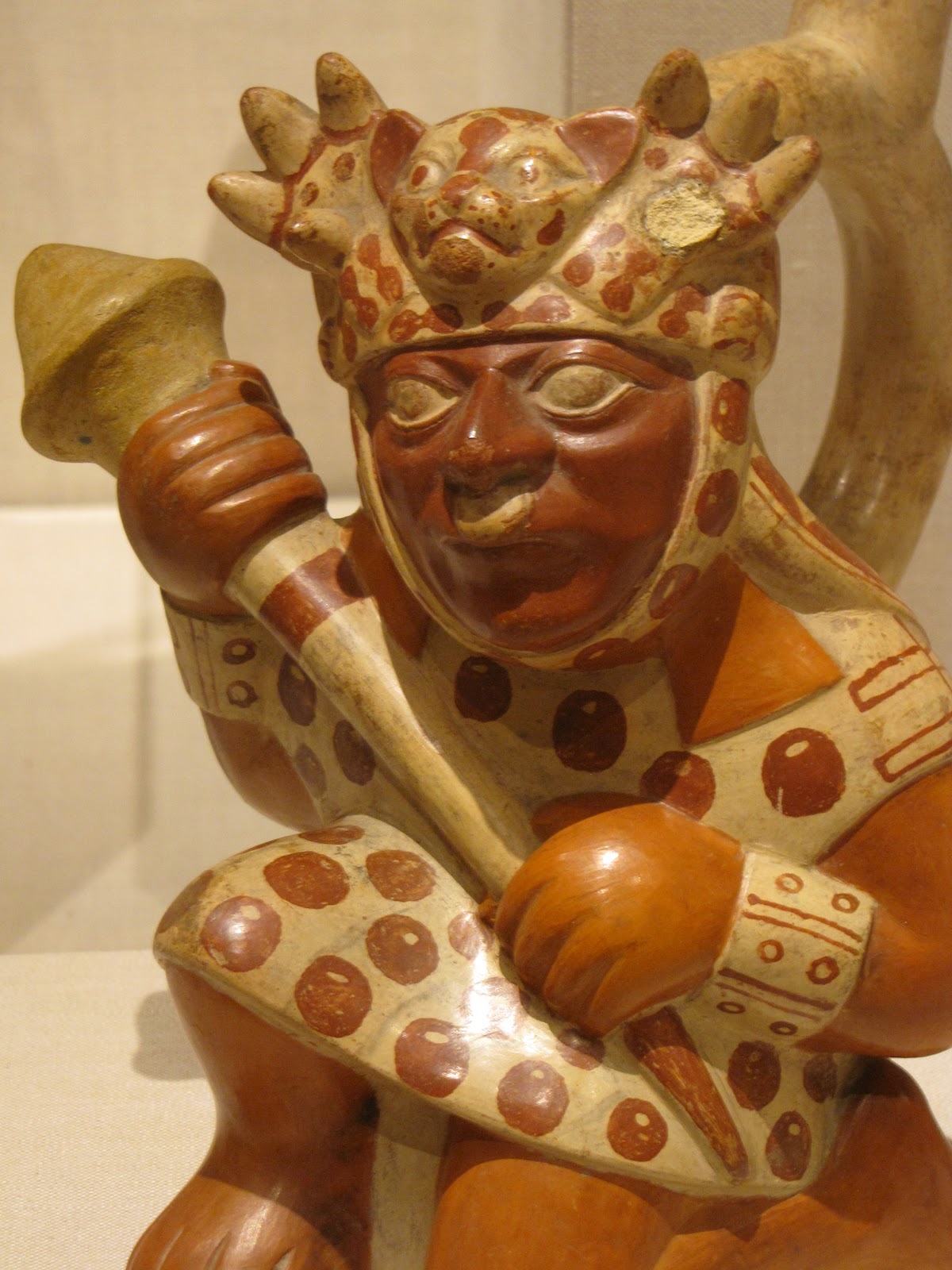

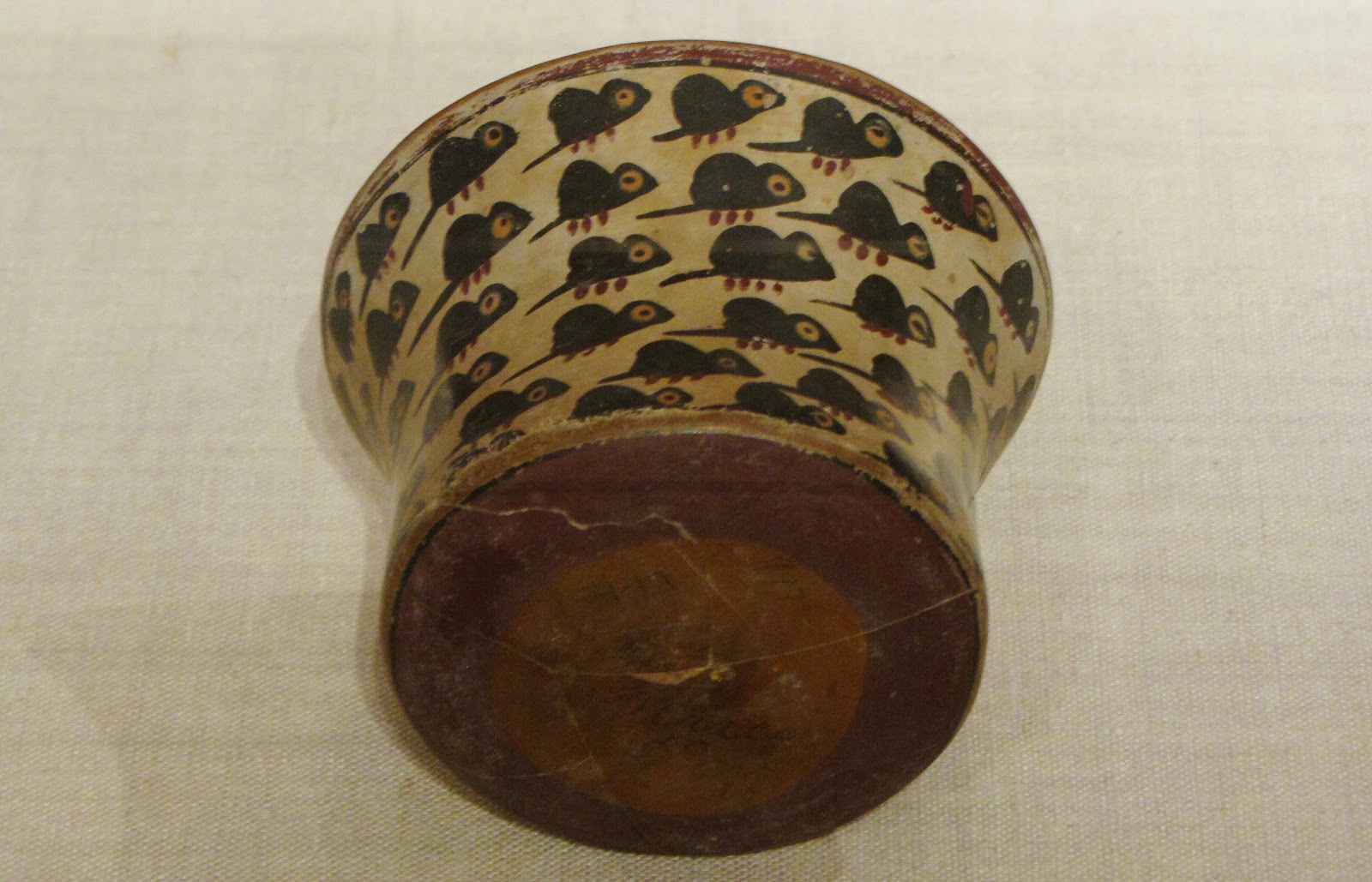

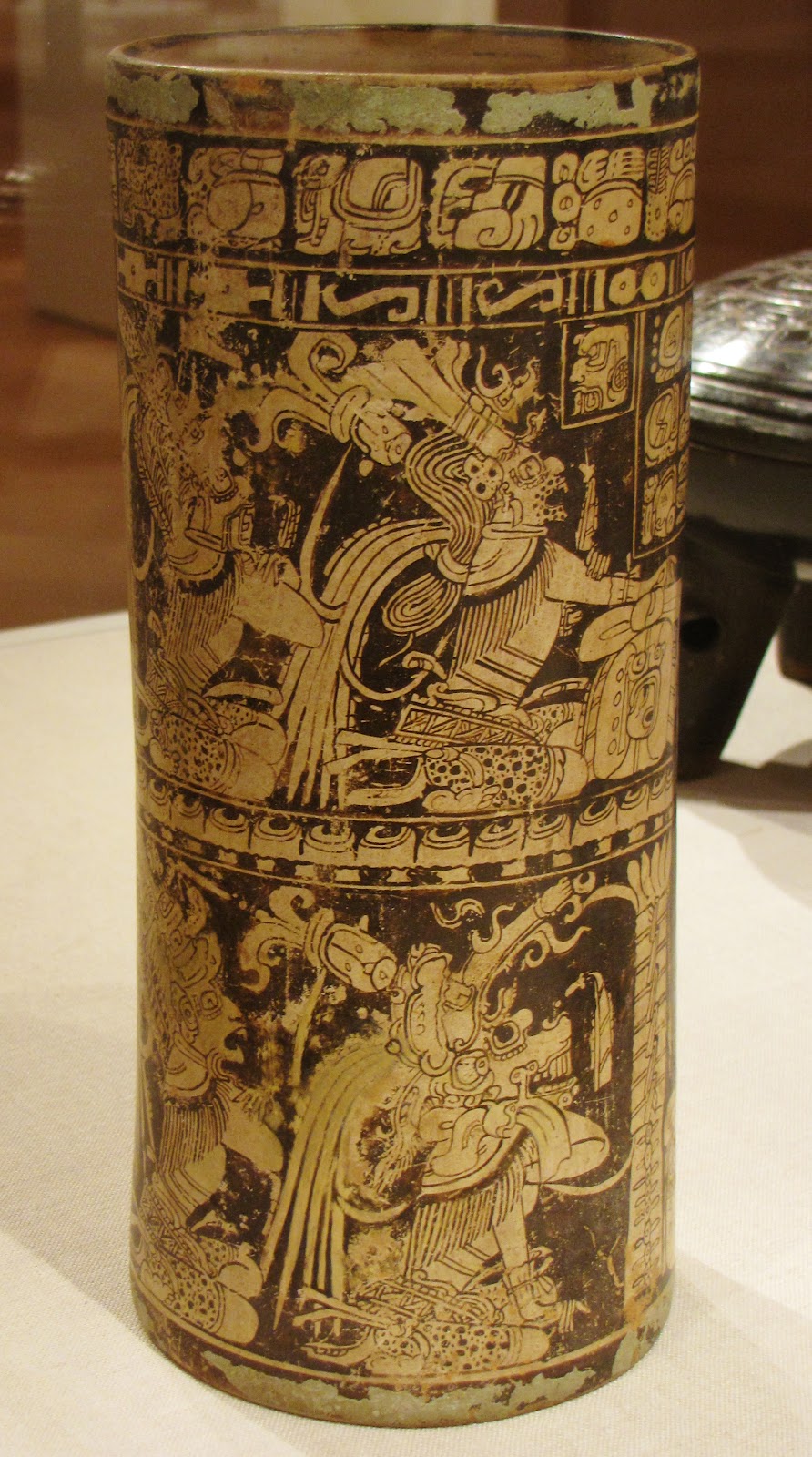




All photos by Renée DeVoe Mertz
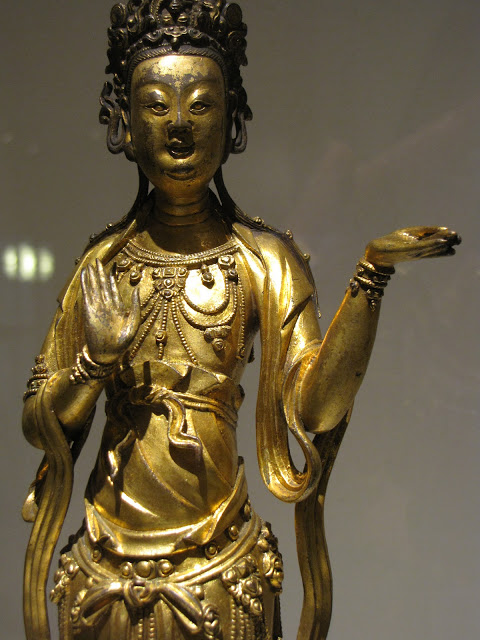
![Gonzaze Myō-ō, Nakabayashi Gennai, wood with polychromy, 1680 [Edo period], Japan. Photo by Renée DeVoe Mertz.](https://www.vegetarianinaleatherjacket.com/wp-content/uploads/2012/02/2IMG_2233.jpg)
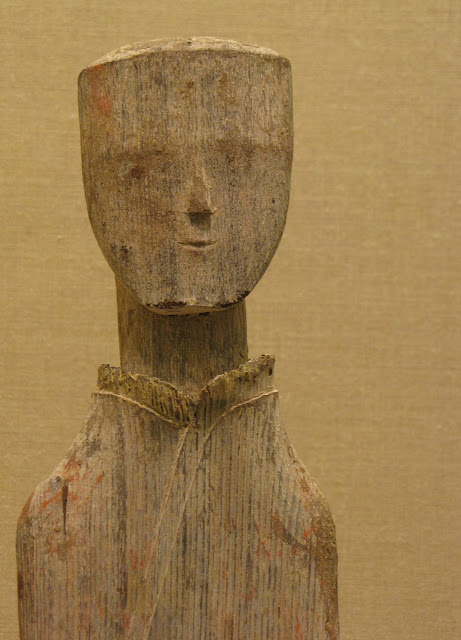
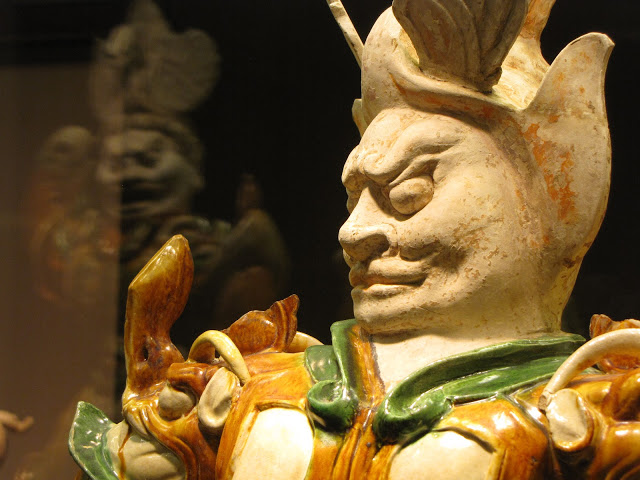
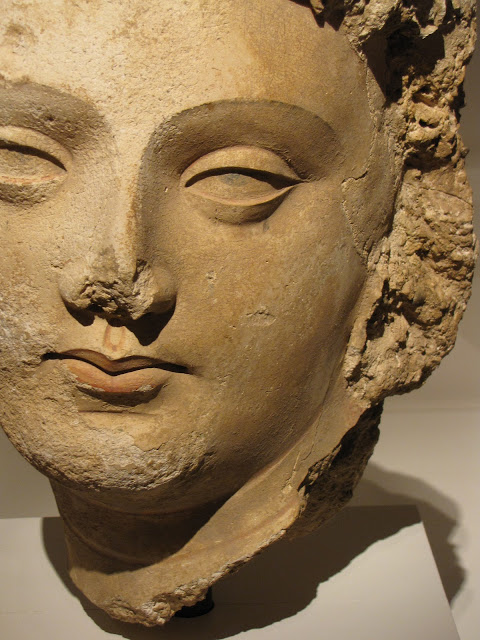



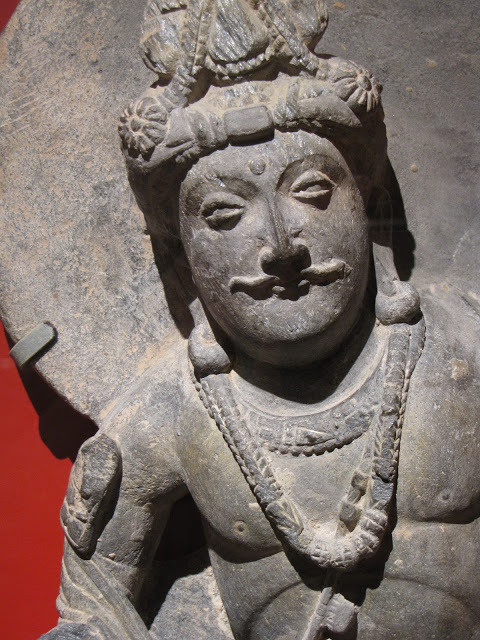
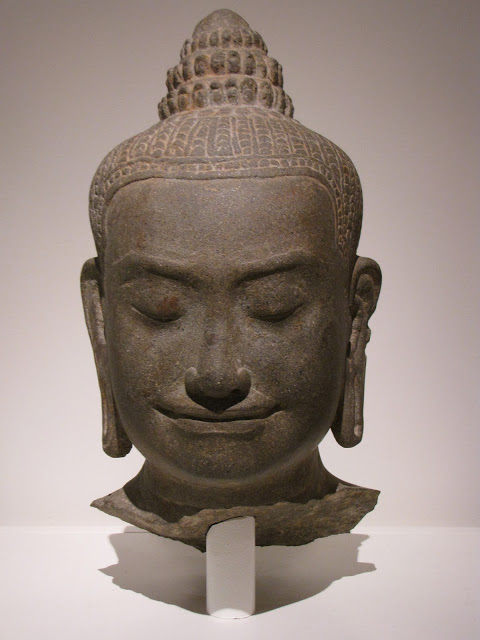
![Shūkongōjin, wood with traces of polychromy, 12th/14th century [probably Kamakura period], Japan. Photo by Renée DeVoe Mertz.](https://www.vegetarianinaleatherjacket.com/wp-content/uploads/2012/02/10IMG_2227-cropped.jpg)
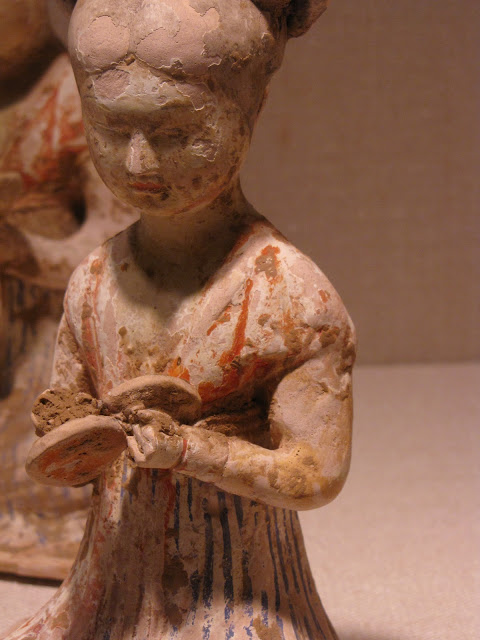
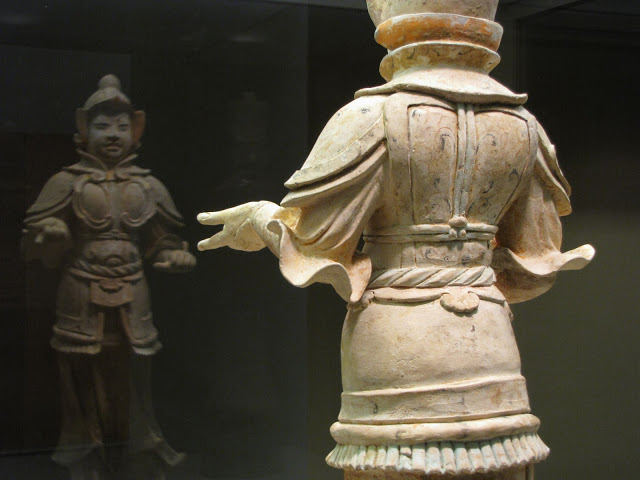
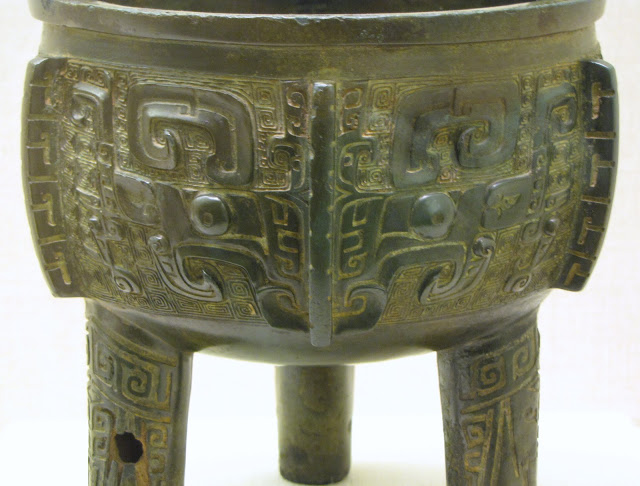
!["Running in Advance" Mask (Shinshōtoku), wood with traces of color, 15th/16th century [probably Muromachi period], Japan. Photo by Renée DeVoe Mertz.](https://www.vegetarianinaleatherjacket.com/wp-content/uploads/2012/02/14IMG_2217.jpg)

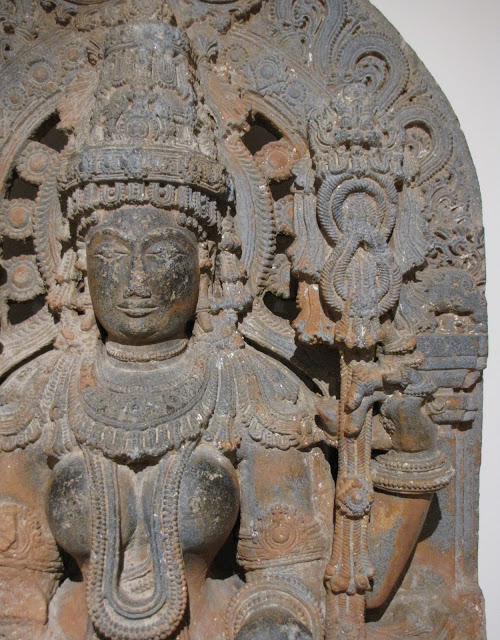
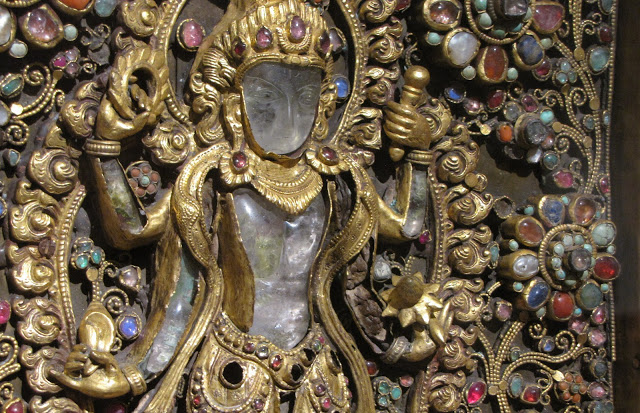

![Fudō Myō-ō, wood with polychromy and gilt-bronze accessories, 12th/14th century [probably Kamakura period], Japan. Photo by Renée DeVoe Mertz.](https://www.vegetarianinaleatherjacket.com/wp-content/uploads/2012/02/19IMG_2232.jpg)

![Demon Mask (Tsuina-men), wood with traces of color, 15th/16th century [probably Muromachi period], Japan. Photo by Renée DeVoe Mertz.](https://www.vegetarianinaleatherjacket.com/wp-content/uploads/2012/02/21IMG_2209.jpg)

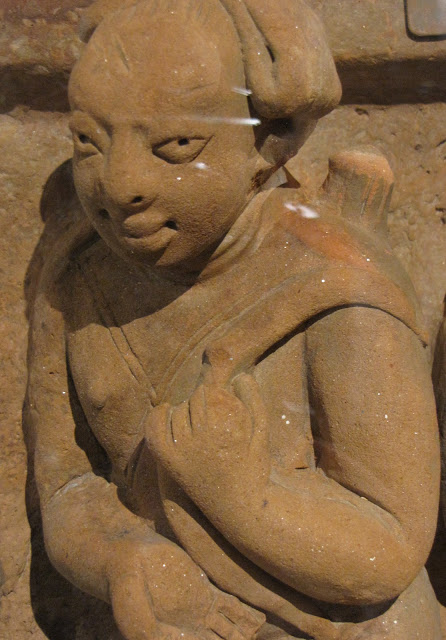
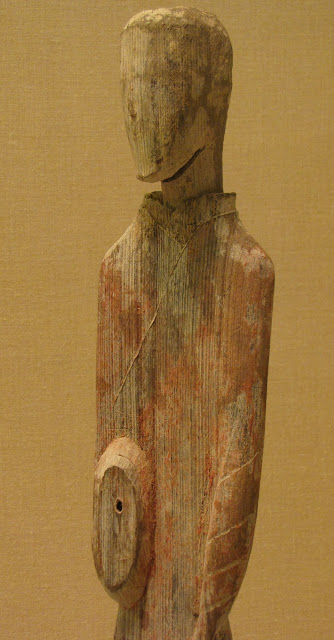

![Seitaka Dōji, wood with traces of polychromy, 15th century [Muromachi period], Japan. Photo by Renée DeVoe Mertz.](https://www.vegetarianinaleatherjacket.com/wp-content/uploads/2012/02/26IMG_2198.jpg)
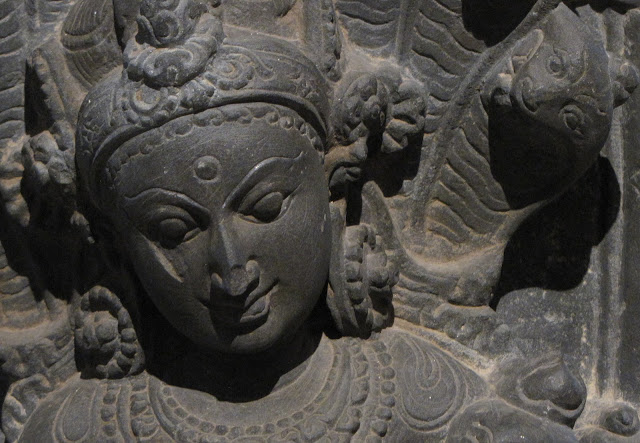
![Zenzai Dōji, wood with glass and polychromy and metal accessories, 12th/14th century [probably Kamakura period], Japan. Photo by Renée DeVoe Mertz.](https://www.vegetarianinaleatherjacket.com/wp-content/uploads/2012/02/28IMG_2205cropped-1.jpg)





All photos by Renée DeVoe Mertz
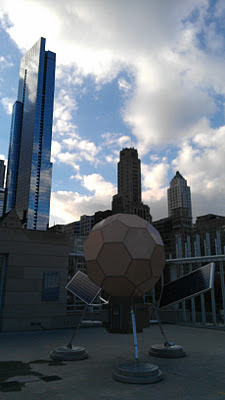
Despite ample historical evidence to the contrary, the cliché that art and science necessarily represent contradictory or even opposite approaches to the world continues to thrive. The survival of this fallacious perception is most puzzling because contemporary art, more than any previous moment or movement, persistently reveals a close, if complex, relationship between the two broad disciplines. Indeed, one of the significant shifts between modern and contemporary art has been the increased tendency for artists to integrate the methods of science—such as research, interviews, and experiment—into their productions, albeit with a continued preoccupation with the experiential. This change is in part due to the ever-increasing availability and use of intrinsically documentary media, such as photography and film, as well as a social shift towards personal documentation and data-gathering tied to social media networks, concern over governmental surveillance, and portable devices that offer a variety of ways to collect and track personal information. The extent of this shift is exemplified in three current contemporary art exhibitions at the Art Institute of Chicago: Exposure, Talo/House, and Lunar.
Exposure: Matt Keegan, Katie Paterson, and Heather Rasmussen (on view through March 4, 2012) is the fourth installment of a series of exhibitions hosted by the AIC’s Department of Photography. Although problematically structured around the idea of exploring “diverse approaches to photography,” each featured photographer successfully delivers a coherent and intriguing body of work that raises an array of questions.[i] Given the nature of photography, it is not surprising that many of these issues revolve around concepts of documentation. For instance, although Heather Rasmussen initially seems to present Minimalist images of randomly distributed blocks of color, her series of photographs in fact records model reconstructions of catastrophic freight accidents, which she hand-makes out of cardstock and arranges to resemble found journalistic images from the web. What at first engages the viewer through abstract design slowly reveals itself to be a complex reference to the impact of modern standardization practices in shipping on industry and economics, of which large-scale and far-reaching disasters are a significant unintended consequence. Meanwhile, on two other sides of the room, Matt Keegan’s multi-part installation utilizes several forms of reference, documentation, and presentation—such as artist’s books presenting historical photographs of New York with brief texts related to Chicago’s contemporaneous industrial and social development—to evoke relationships between the two cities. Keegan’s strategic use of juxtaposition directs the viewer without dictating any conclusions, and thereby encourages both intuitive and logical engagement. Clearly, both Keegan and Rasmussen freely borrow from or make reference to strategies of production and evidence-gathering derived from scientific fields. However, neither do so as concisely as Katie Paterson.
In capturing mute expansions of nothingness, Paterson’s slides and photographs of black, empty space are reminiscent of Hiroshi Sugimoto’s visions of the sea and theater, while her meticulous labeling and concern with the mundane suggest the rigorous documentation strategies of performance and conceptual artists like Tehching Hsieh. Yet the interest of her work, History of Darkness (ongoing), does not lie in its relationship to its artistic predecessors, but rather in her adoption of scientific documentation and subsequent disruption of the intended consequences of such documentation. Taken in Hawaii with the aid of “one of the most powerful telescopes in the world,” the images capture points in space that are completely devoid of “celestial illumination.”[ii] Although essentially identical in appearance, they each represent different locations in both space and time, and are labeled according to their distance from earth in light years. In highlighting the negative space of outer space, Paterson draws attention to areas that not only typically go undocumented, but which, as photographs, represent an apparent paradox. By recording literal nothingness, these photographs become information about a lack of information, reversing the very purpose of such documentation and the expensive tools used to produce it. As an additional touch, Paterson continues the light humor of her project and its preoccupation with the untenable by numbering her prints as editions of infinity, a move which similarly makes the numbering of editions meaningless (in the conventional sense of establishing value based on scarcity) while neatly tying back to the underlying concept of the series.
Visitors exiting Exposure can step directly across a narrow hallway to enter the exhibition space of Talo/House (2002; on view until November 27, 2011), a three-channel, semi-immersive video installation by Finnish artist Eija-Liisa Ahtila. As the portrayal of a woman whose concept of time and space is collapsing due to her perceptual inability to filter, place, and logically organize sounds, House represents an updated, more sympathetic, continuation of Surrealism. Like the early 20th century movement, Ahtila is concerned here with the portrayal and experience of people diagnosed with psychotic disorders, and similarly attempts to recreate the sensations associated with these alternative states for her audience. Also like the primarily male members of the earlier group, she has chosen to relate this experience through the eyes of a woman. However, far from the mental freedom Surrealists associated with such conditions, Ahtila portrays her subject as increasingly isolated. Over the course of the film, the character tries to block-out the outside world from her home and head as a means of gaining some sense of quiet sanity.
More important for the topic at hand is the way in which the artist gathered her material. While the Surrealists were intrigued with the ideas of Freud and tended to form romantic relationships with women who operated as their muses (some of whom later spent time in mental institutions), Ahtila composed her story based on research and interviews. Although more clinical than her predecessors, Ahtila’s method and subsequent product is perhaps more sympathetic and grounded in reality, resulting in work that seems to give her subjects a voice beyond that of mere muses.
Viewers who also had the opportunity to see the 2008 exhibition, Arctic Hysteria: New Art from Finland, at PS1 in New York will be reminded of the contemporaneous videos by Ahtila’s compatriot, Veli Granö, whose work in that show consisted of the recreation of scenes or moments described as real by his subjects, but are more likely understood as signs of mental illness or delusion by the general public. Perhaps to an even greater degree than House, Granö’s productions suggest sympathy with his socially alienated subjects by withholding critical comment and allowing them a neutral space in which to relate their singular visions of the world. Ironically, the neutrality also suggests a similar level of clinical detachment, suggesting—as a scientist would—that it is only through such disinterestedness that the subjects’ experience may be fairly expressed and understood.
Finally, the multi-media, sculptural installation, Lunar (2011), by Spencer Finch represents yet another attempt to merge aspects of science with art. However, in this case the final product tends to both mine and mimic technology and design rooted in the forward-thinking sciences of the 20th century. As a kind of earth-bound lunar module, the sculpture utilizes solar-power to reproduce the moon’s luminosity, which the artist has measured using a colorimeter. At night, the collected energy shines as light from a large buckyball, a form that automatically references environmental experiments in geodesic domes, as well as the shape’s visionary namesake: Buckminster Fuller. Although visually engaging, Lunar is ultimately less rigorous and satisfying than works like House or History of Darkness, because its engagement with science is more cosmetic than conceptual and its apparent goals—to create a different way of depicting moonlight and suggest a fanciful narrative of a space module landing on the museum—is more novel than probing. Nonetheless, the very idea that simple references to the “hard” sciences can spark the imagination of viewers and therefore enhance an artist’s work is itself an indication that scientific thinking and its markers are not only acceptable within contemporary art, but are actively sought by current artists.
Lunar will remain on the Bluhm Family Terrace until April 8, 2012.
Additional readings and useful links:
Exposure: Matt Keegan, Katie Paterson, and Heather Rasmussen
http://www.artic.edu/aic/exhibitions/exhibition/exposure4
Katie Paterson
http://www.katiepaterson.org/
Eija-Liisa Ahtila, Talo/House
http://www.artic.edu/aic/exhibitions/exhibition/EijaLiisaAhtila
Veli Granö
http://www.veligrano.info/
Arctic Hysteria
Exhibition website: http://www.momaps1.org/exhibitions/view/164
Catalogue: Framework: The Finnish Art Review (Artic Hysteria Special Issue), No. 9 (June 2008) [ISSN 1459-6288]
Lunar by Spencer Finch
http://www.artic.edu/aic/exhibitions/exhibition/lunar
______________________________________
[i] http://www.artic.edu/aic/exhibitions/exhibition/exposure4
[ii] Exhibition wall text.